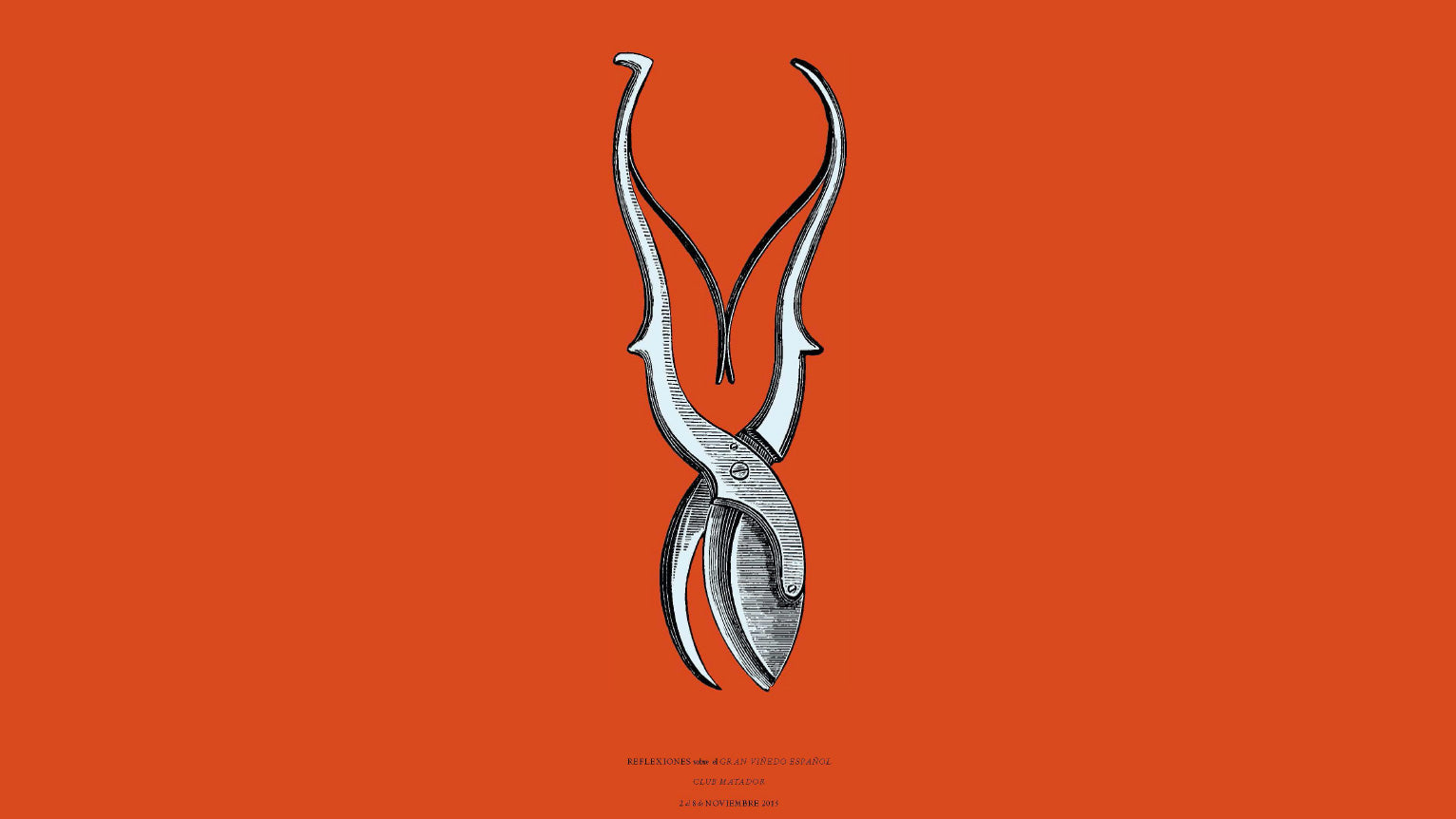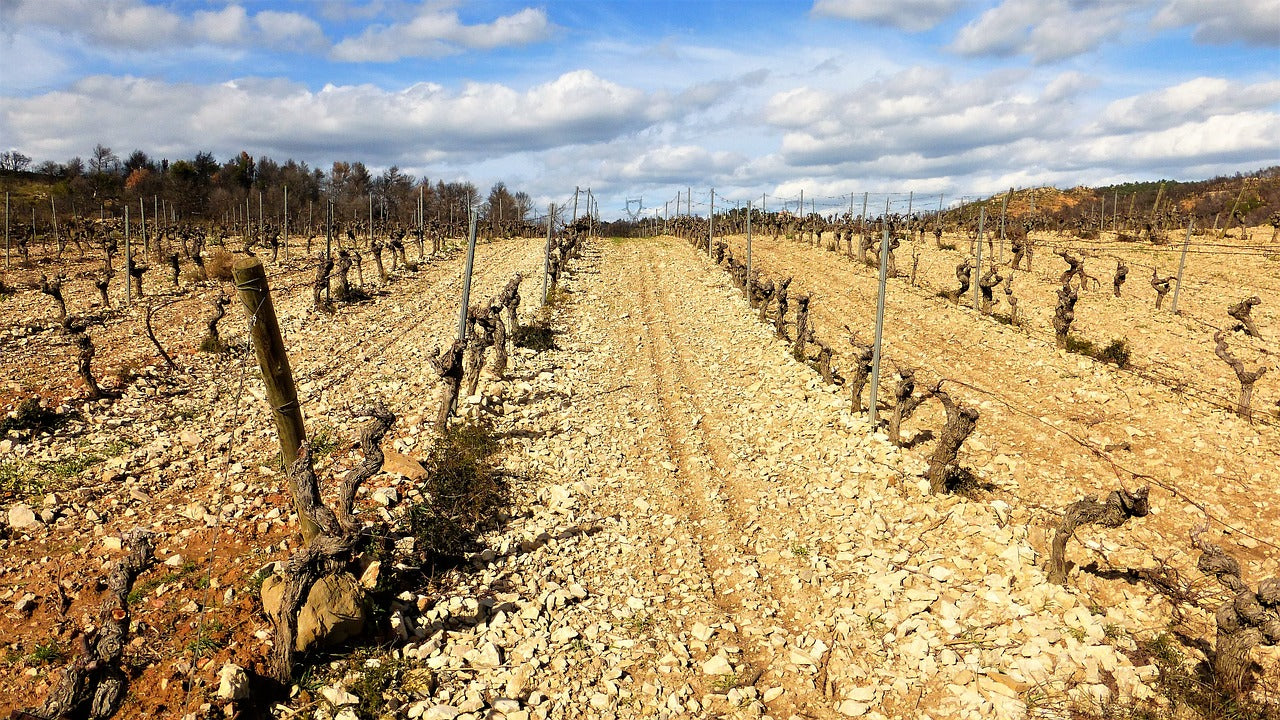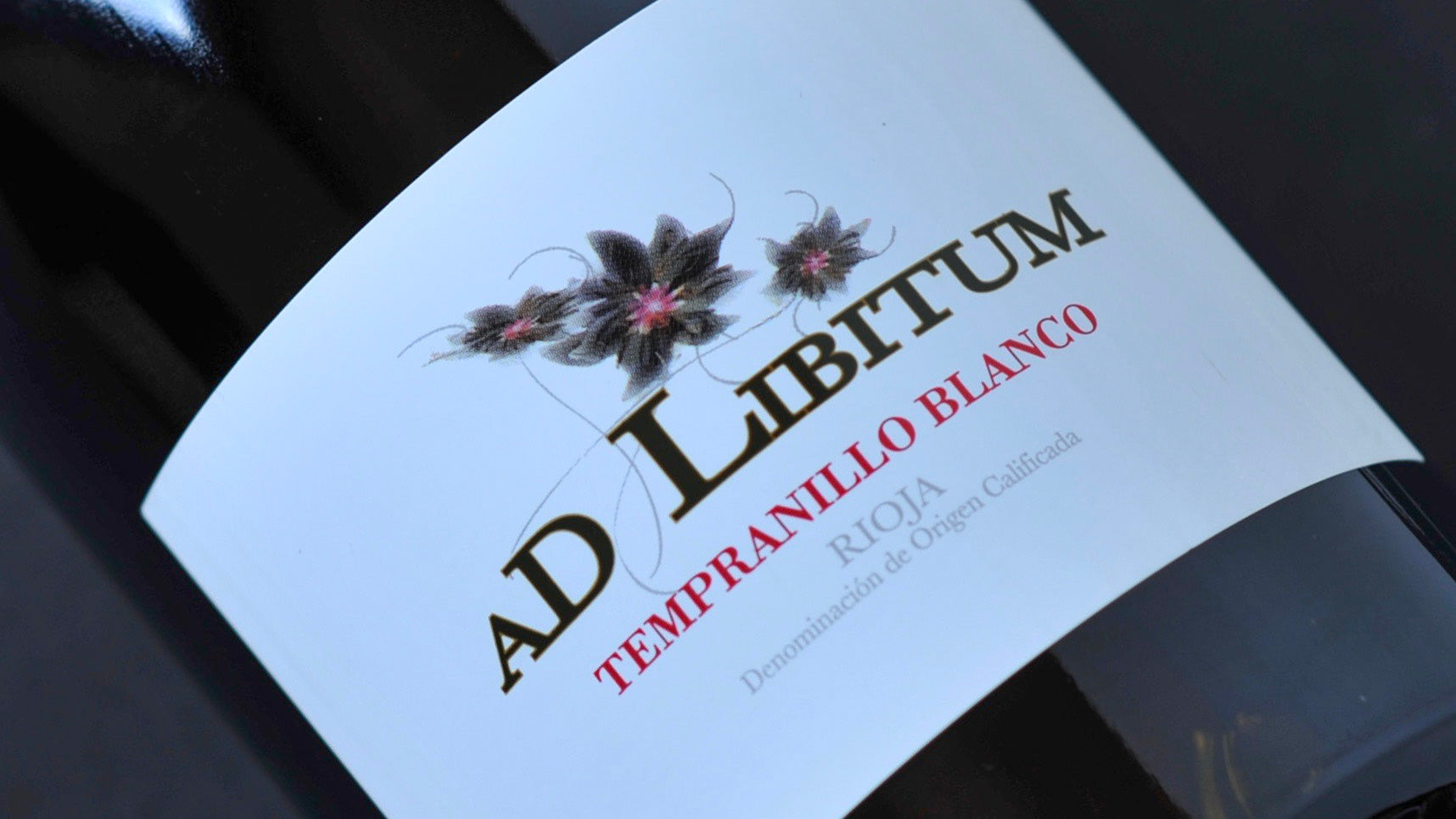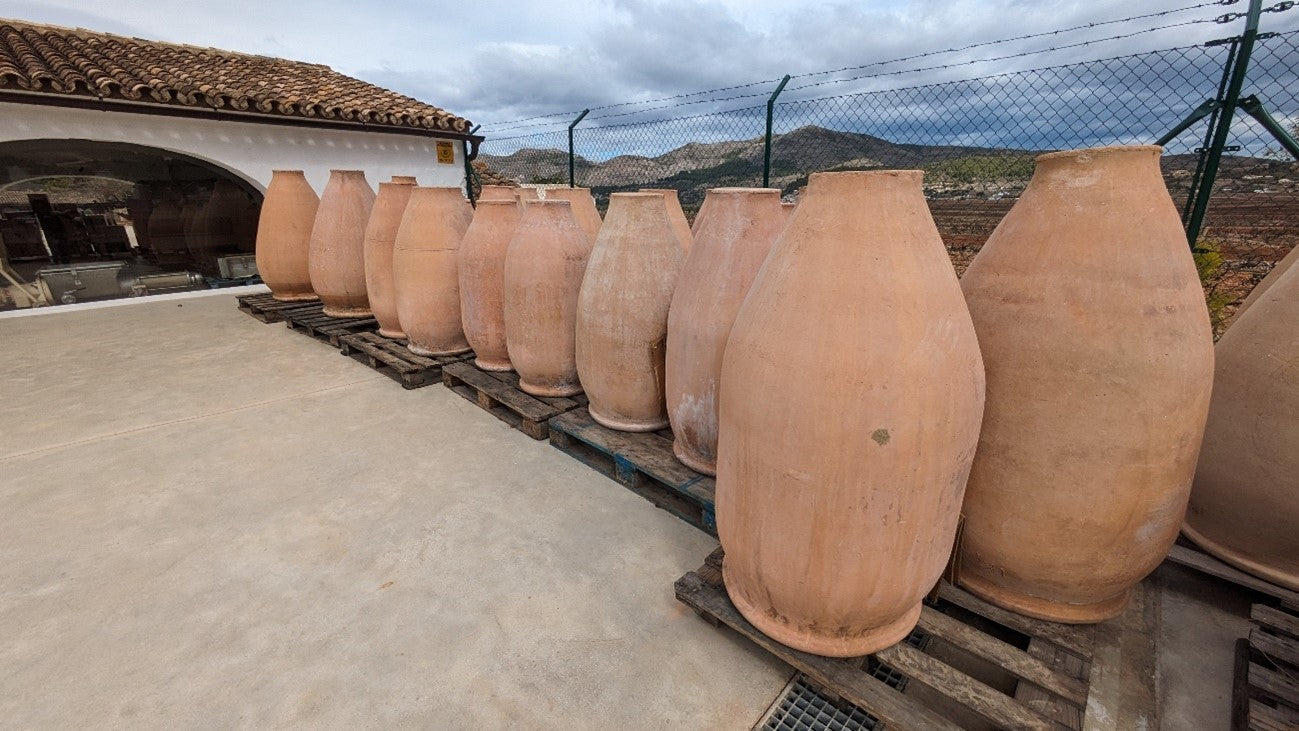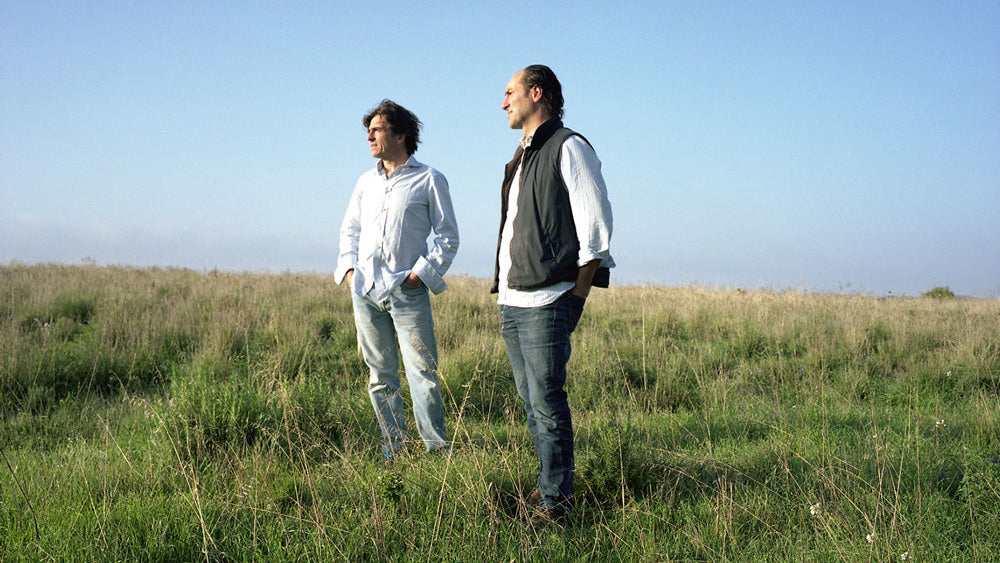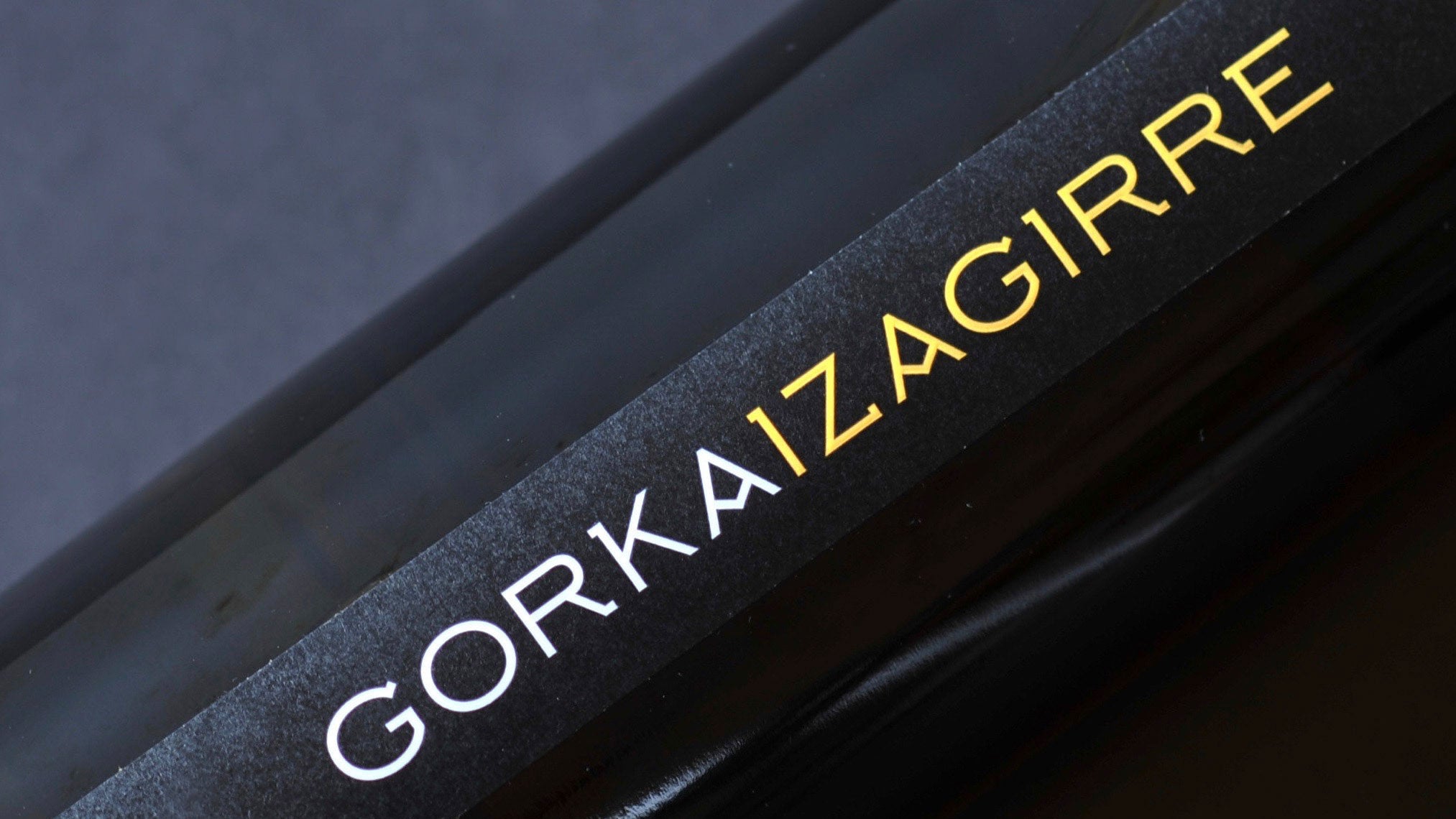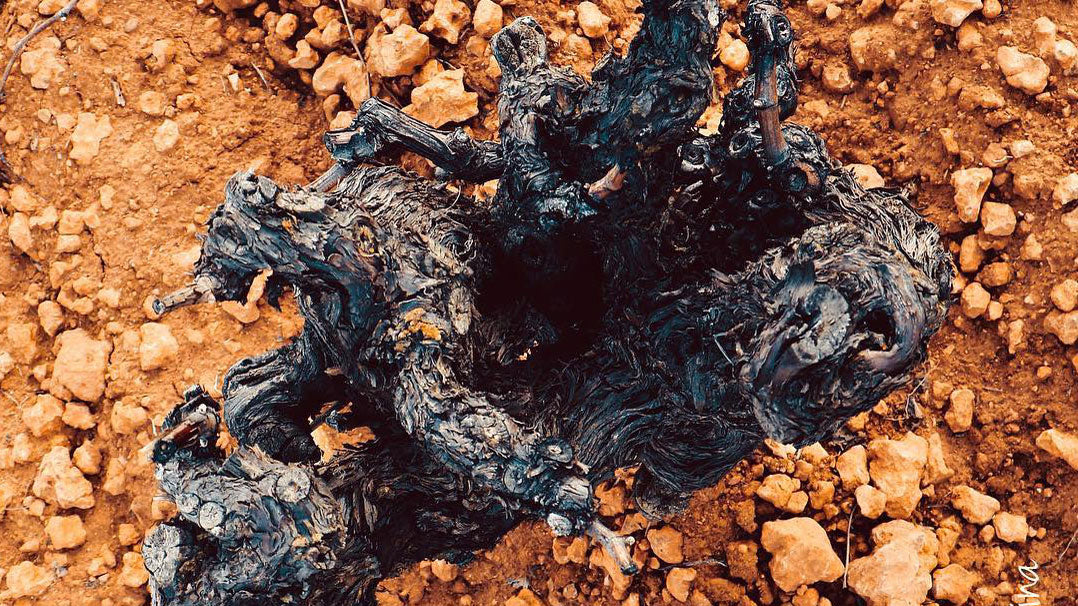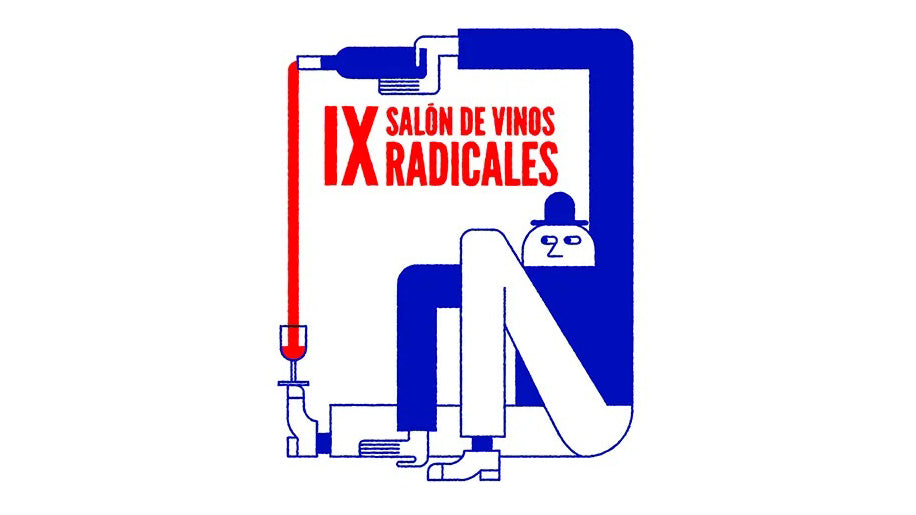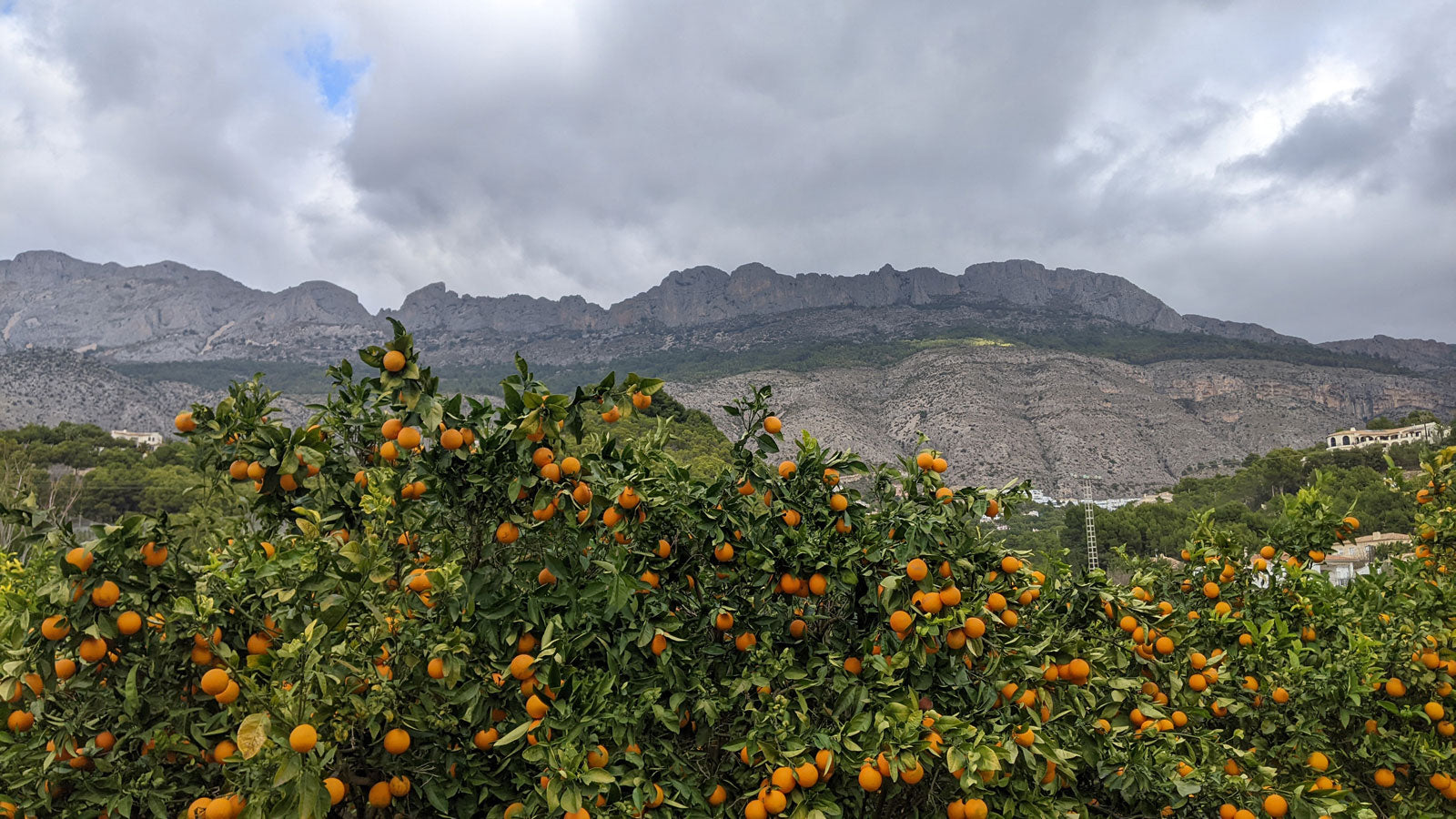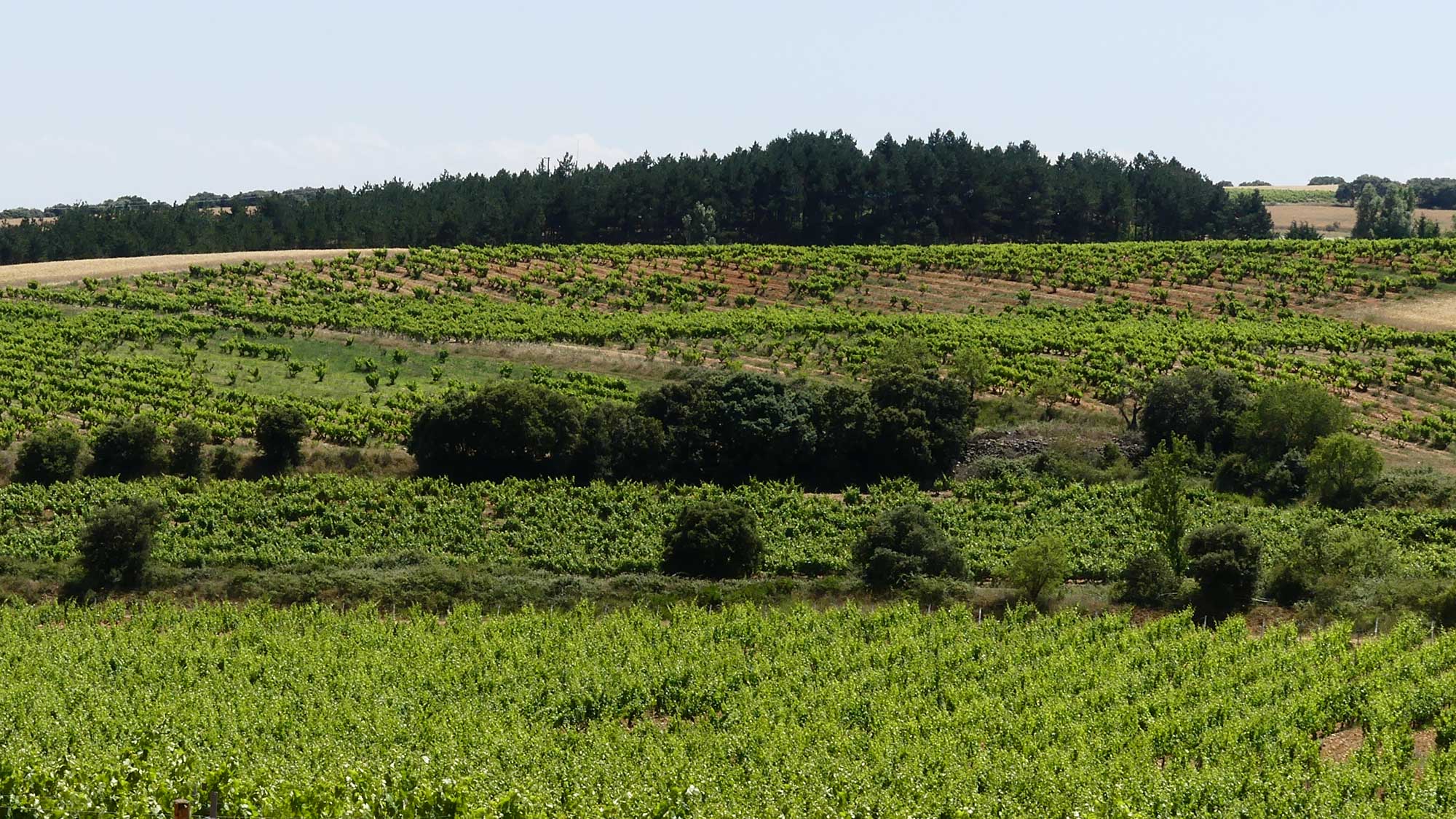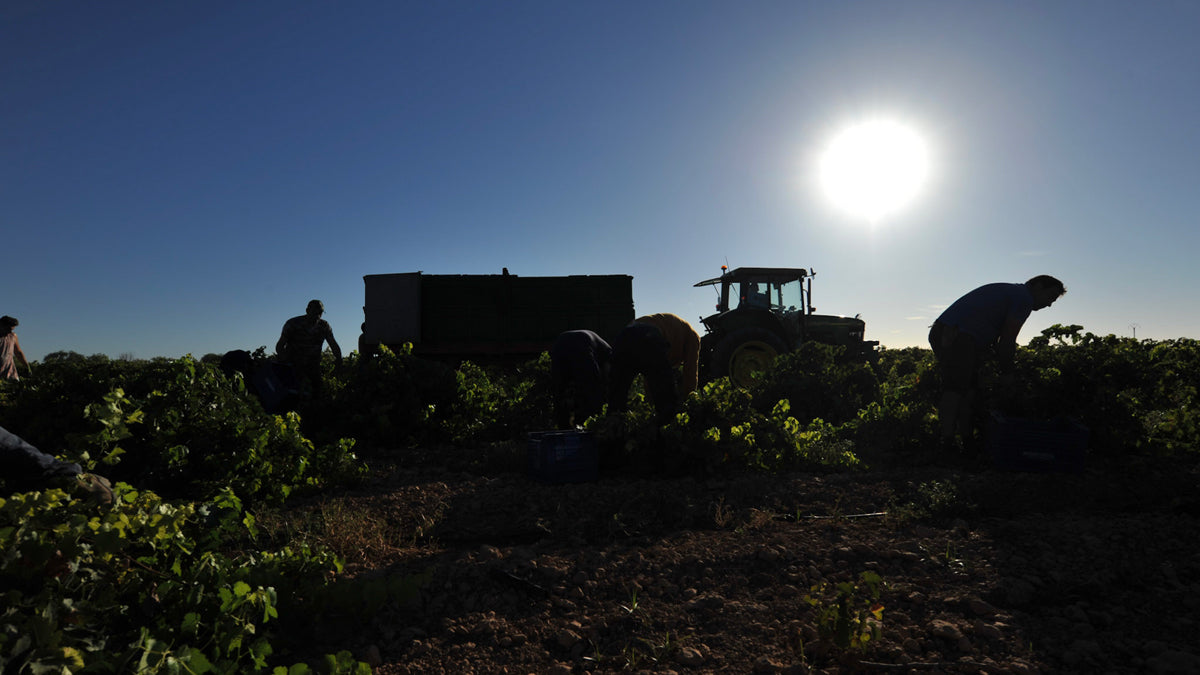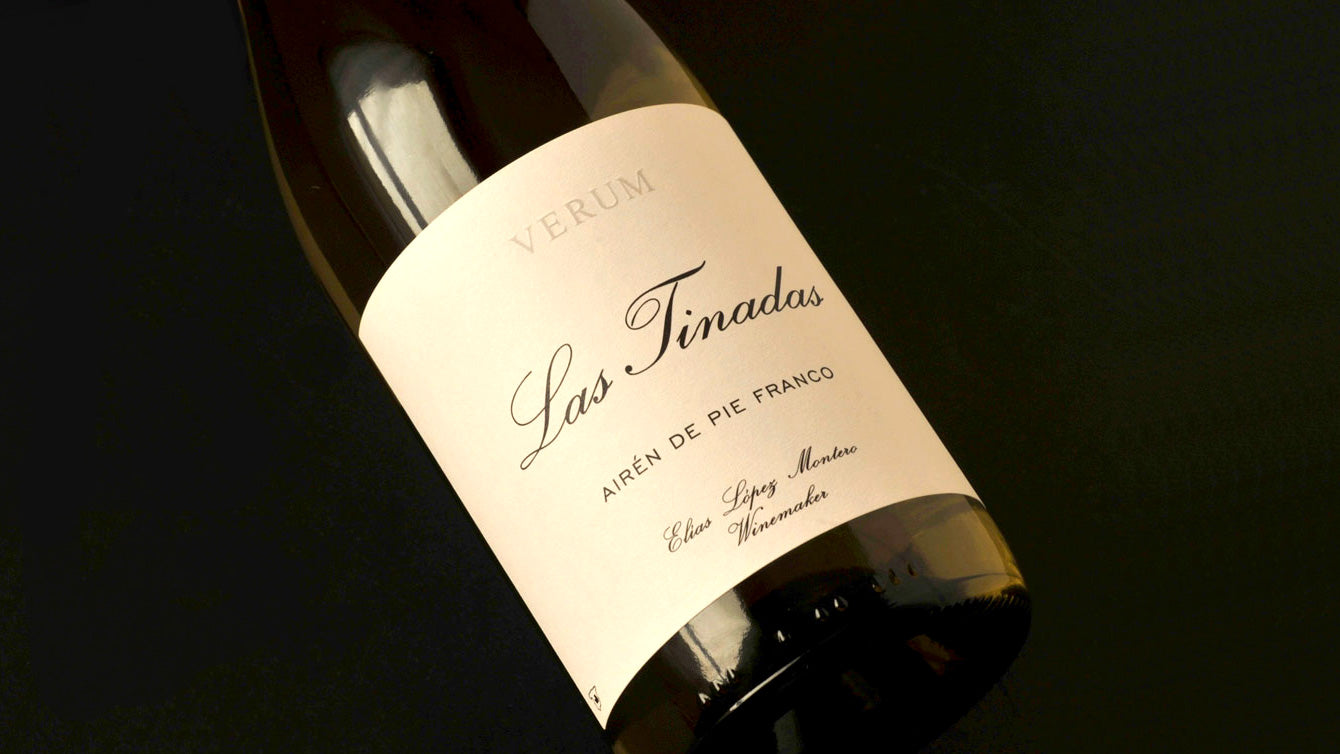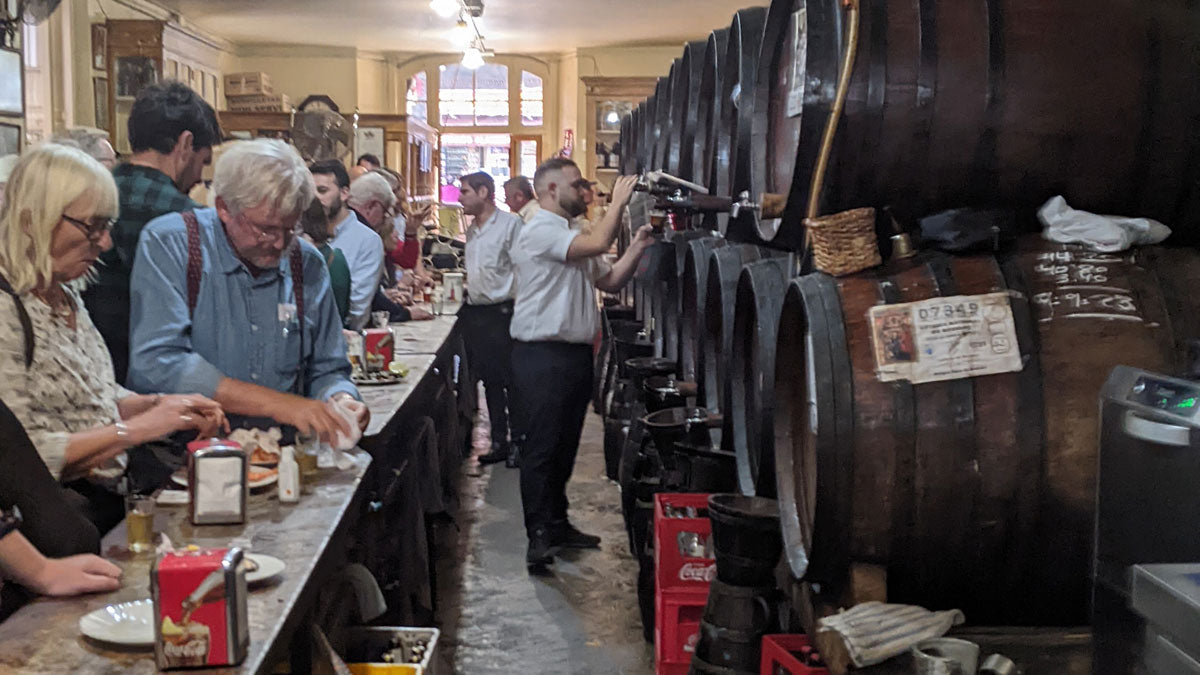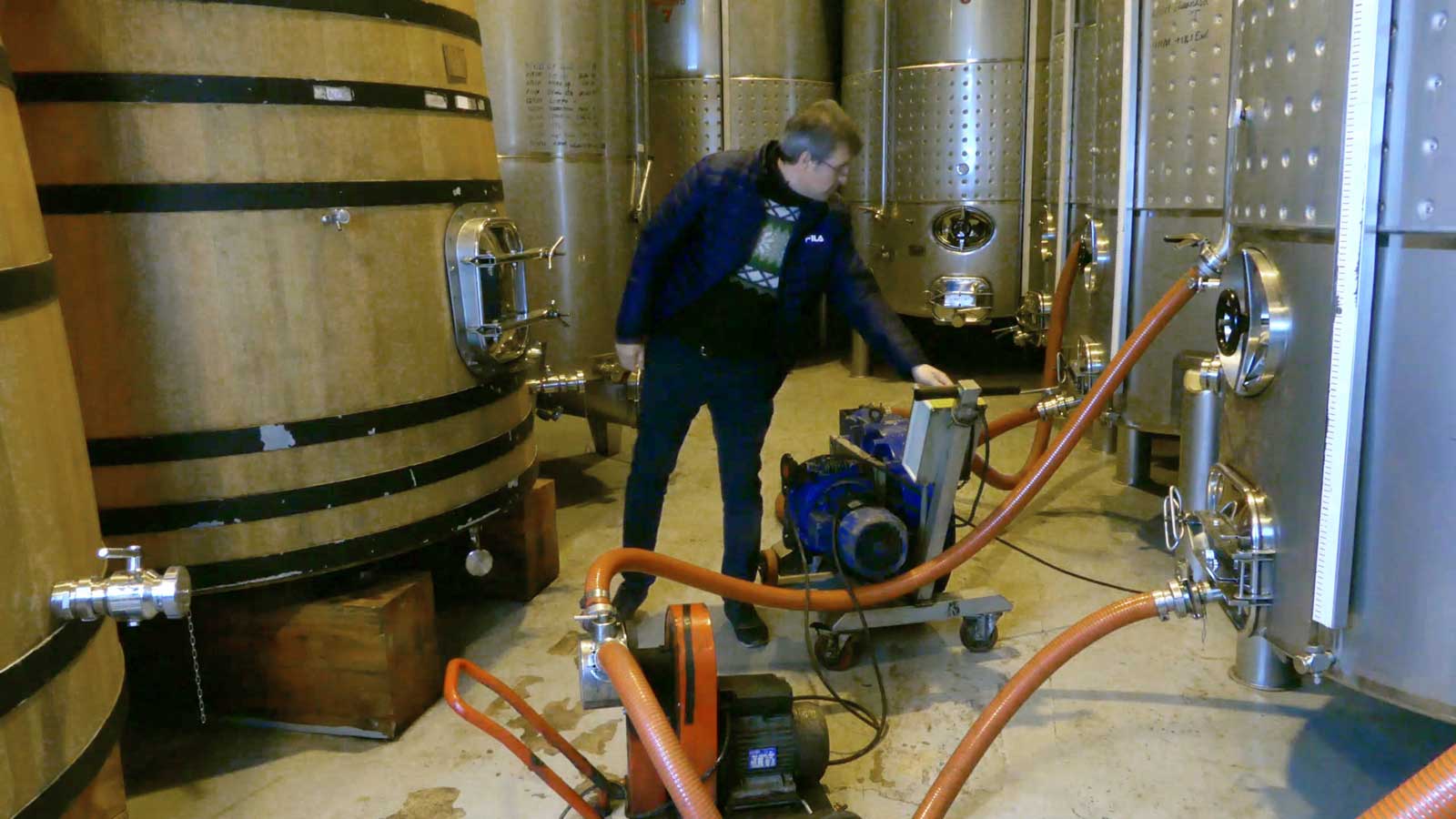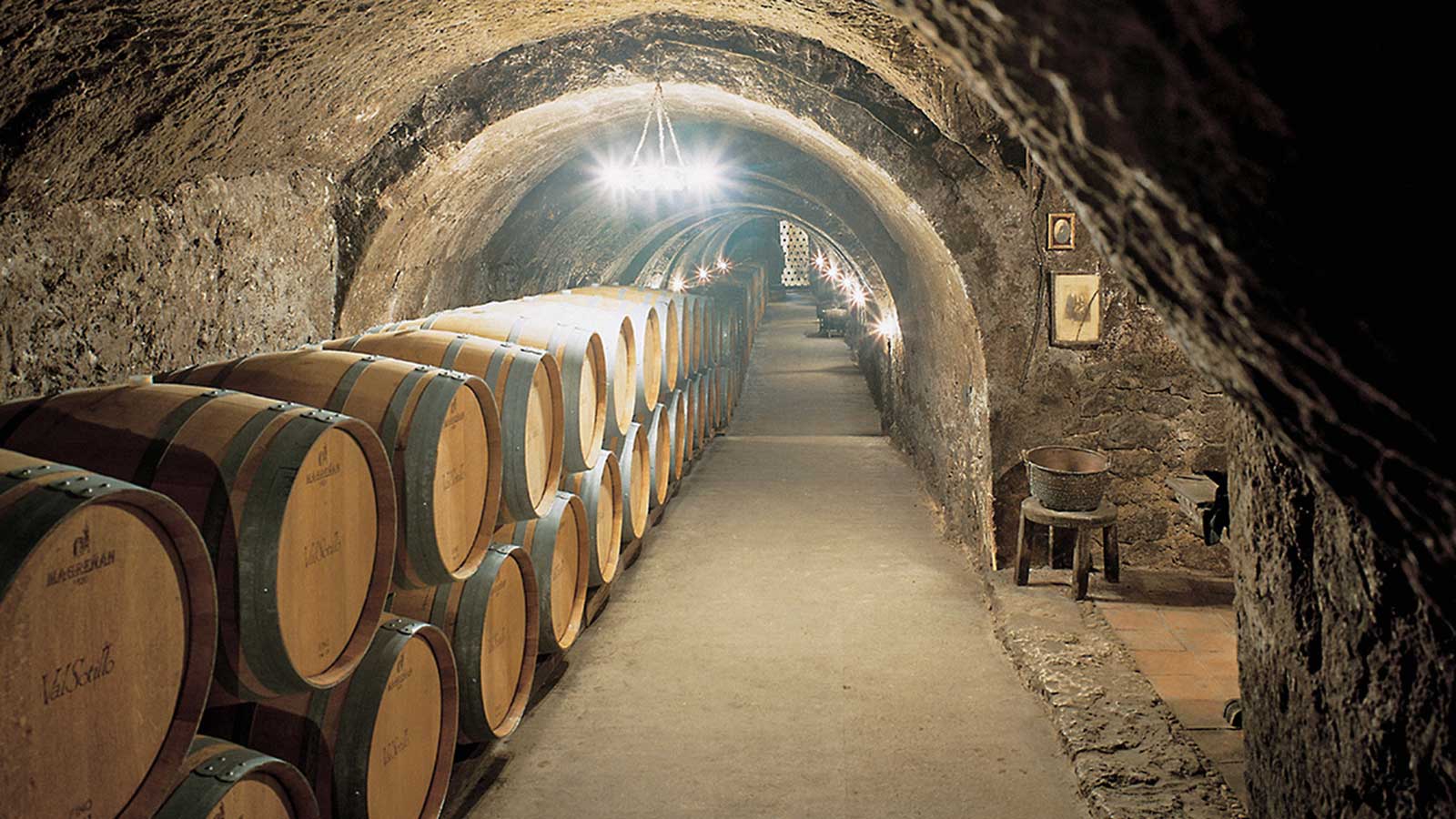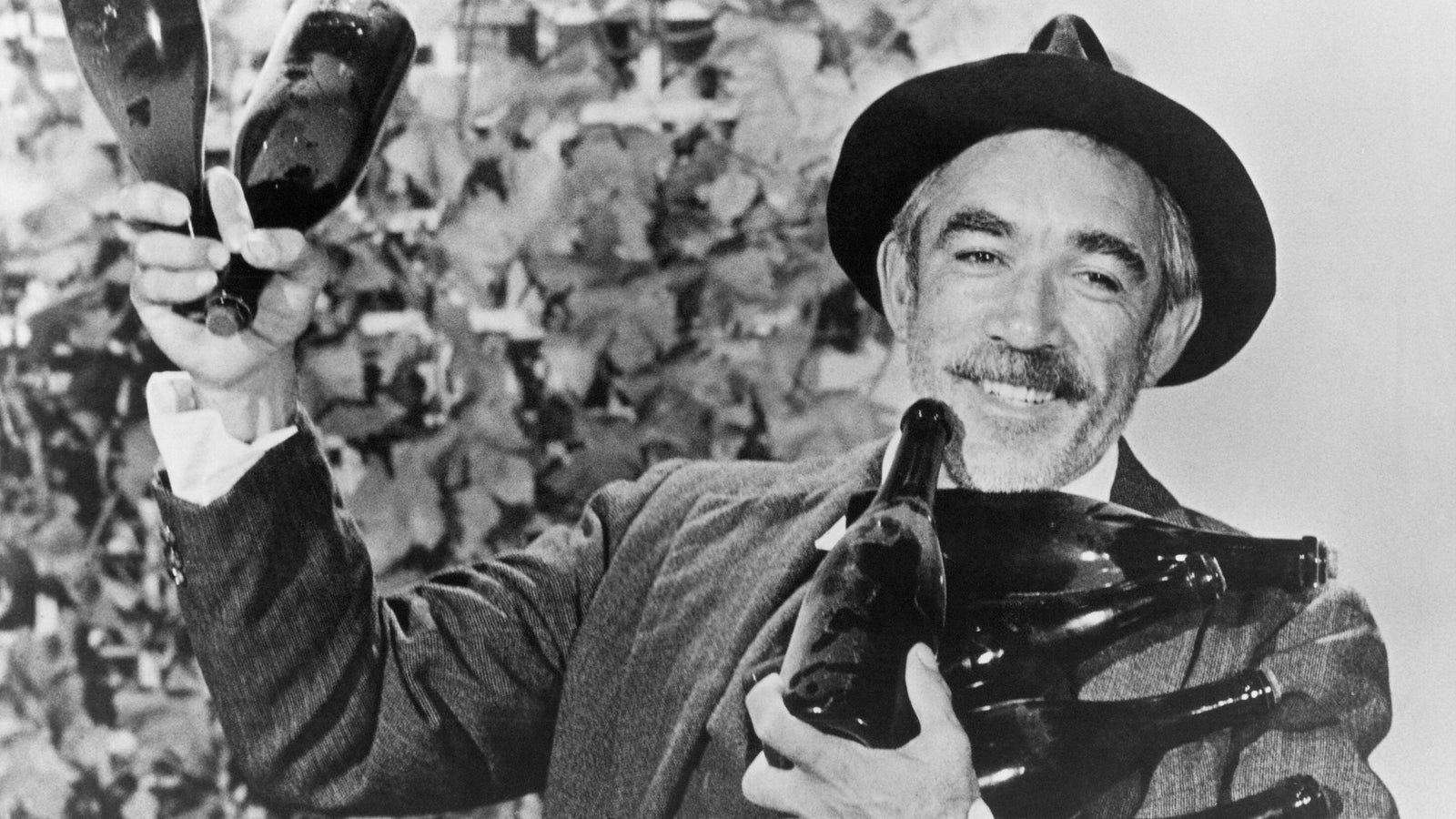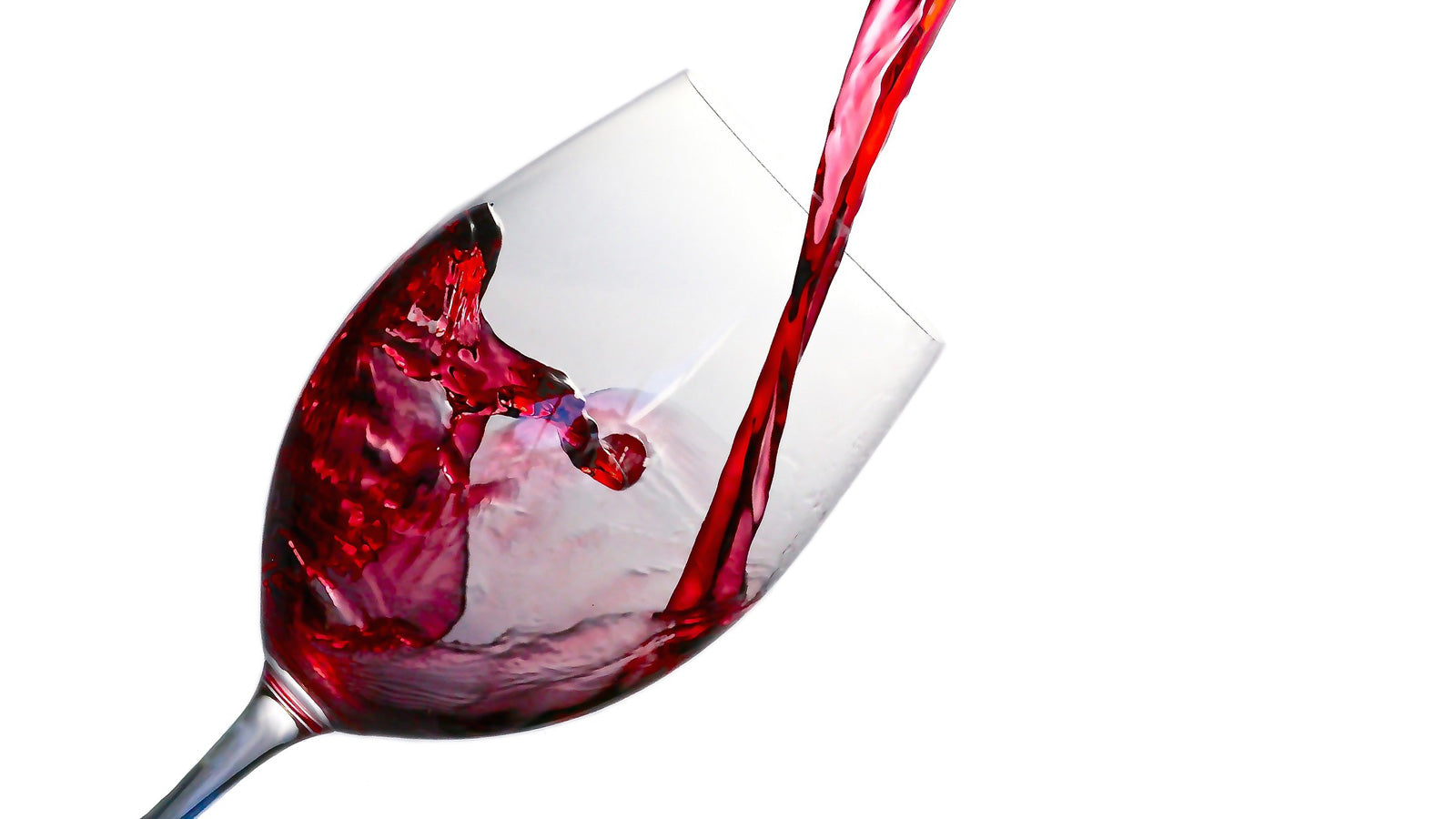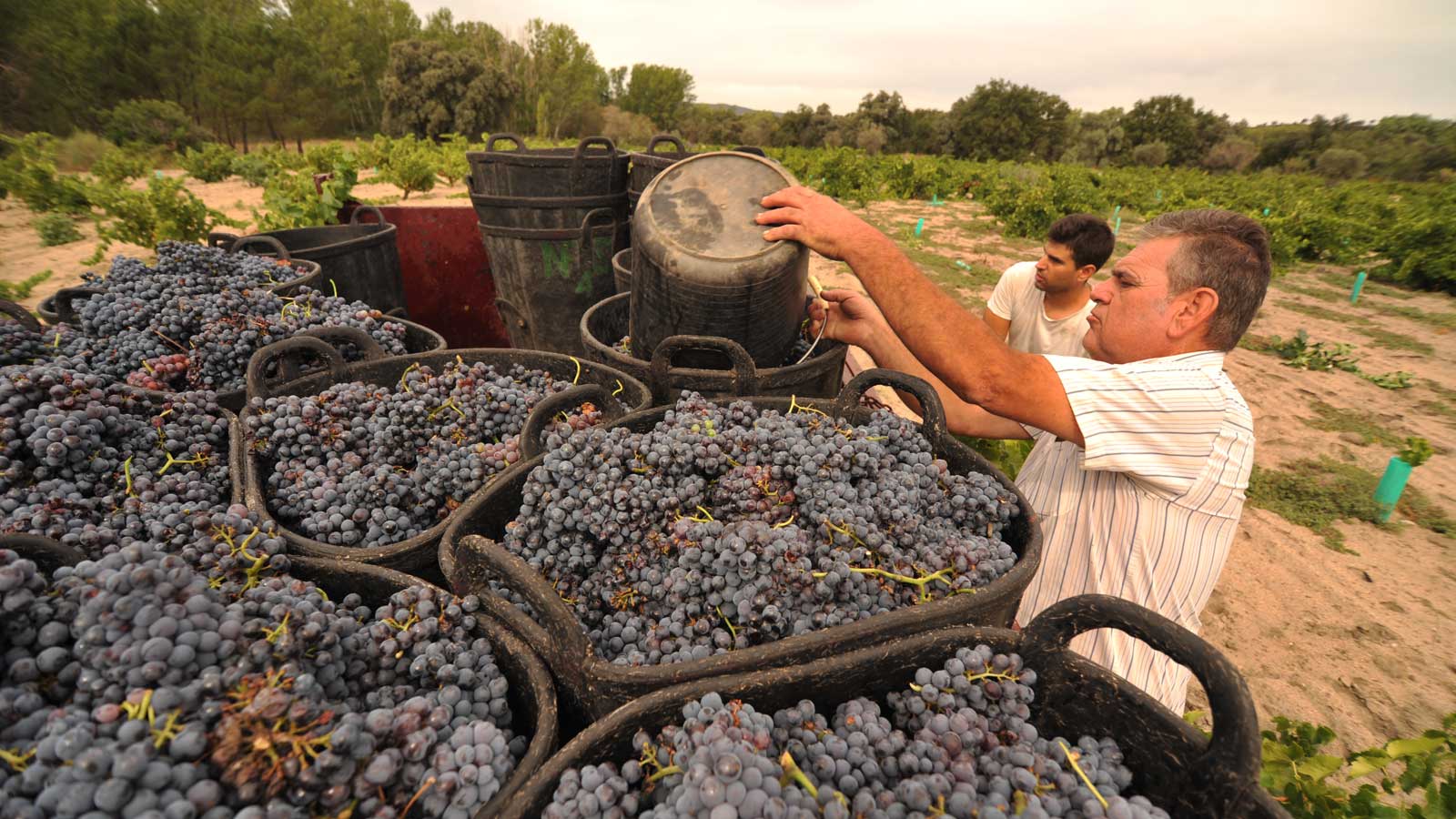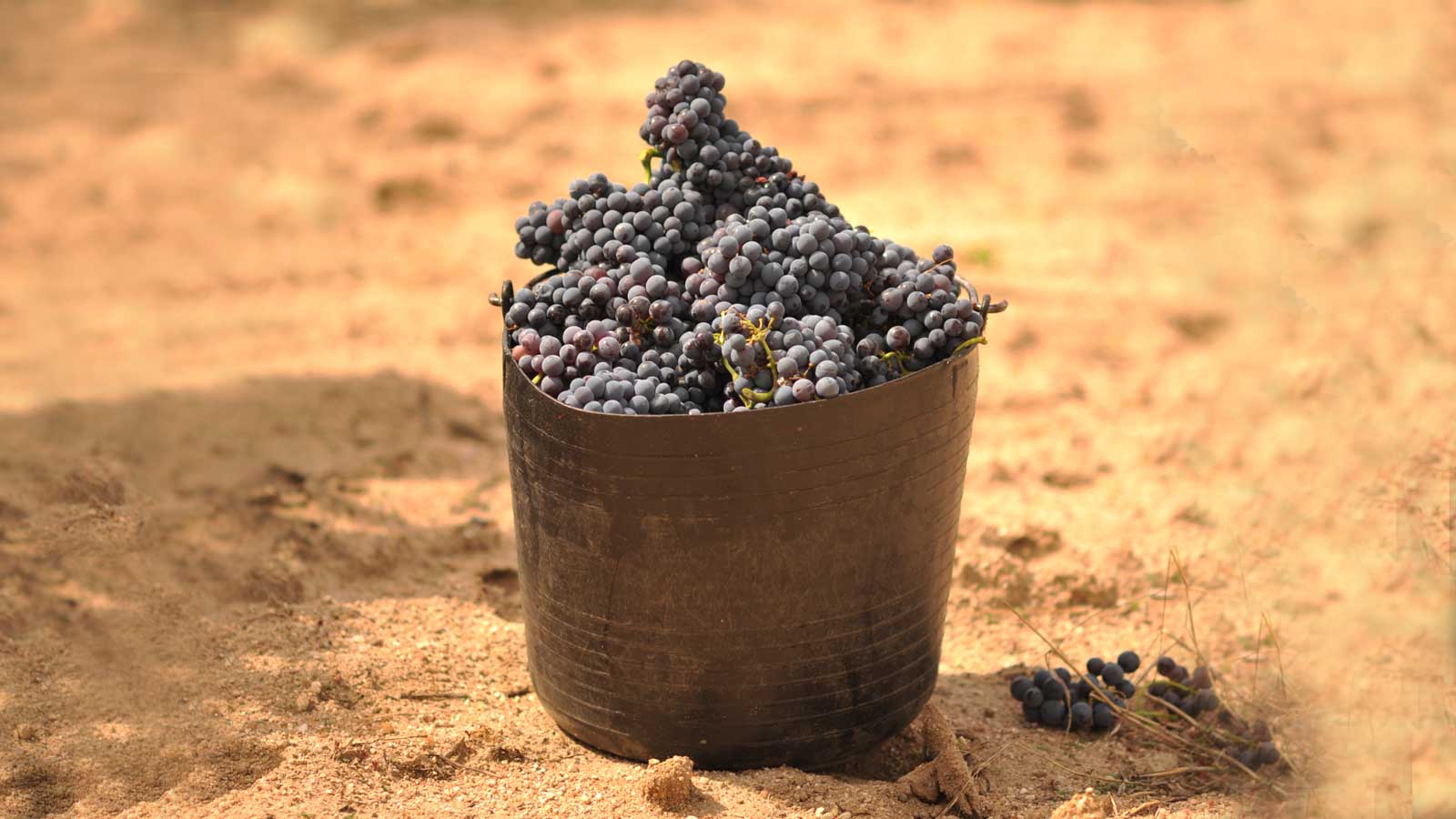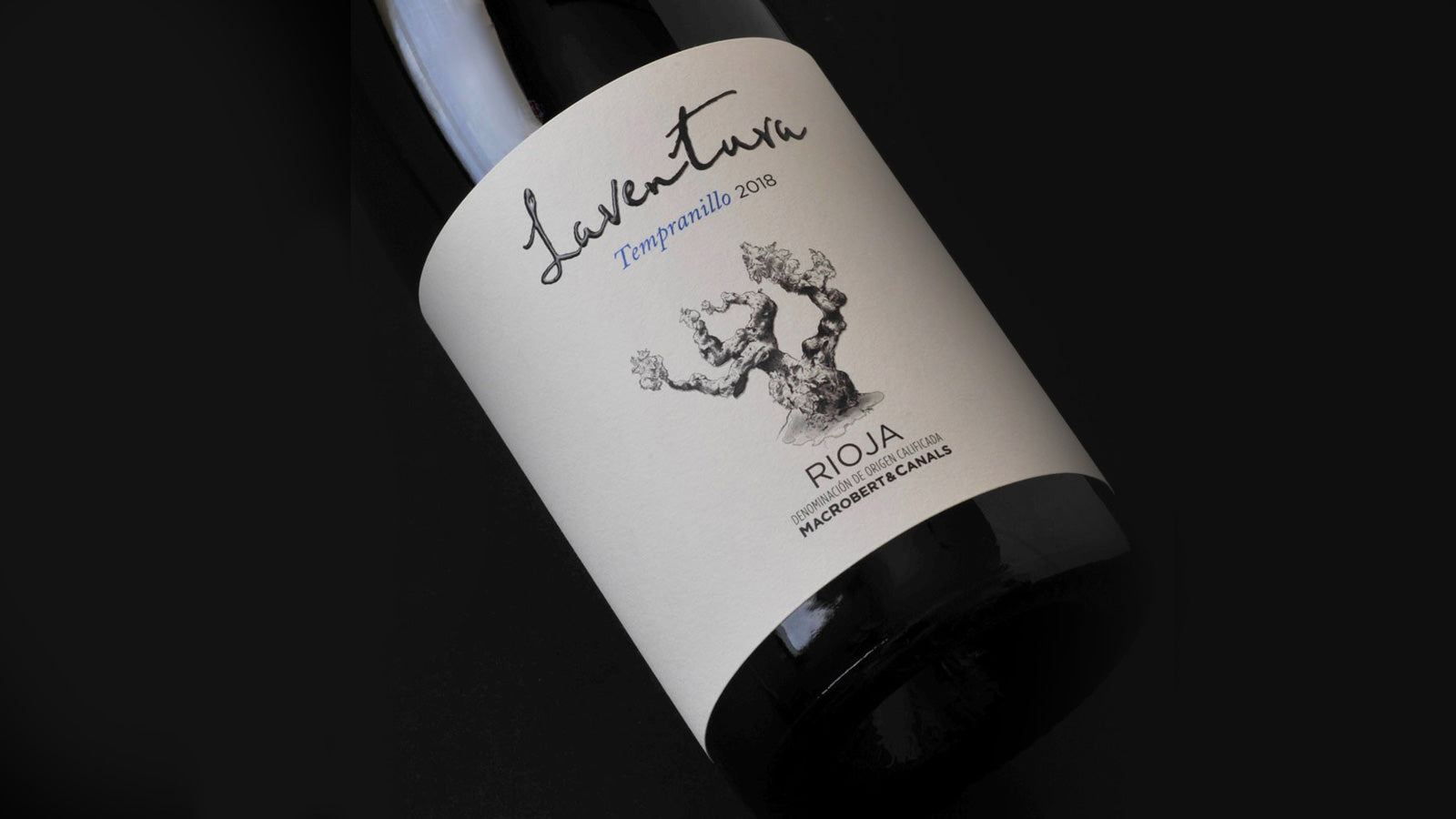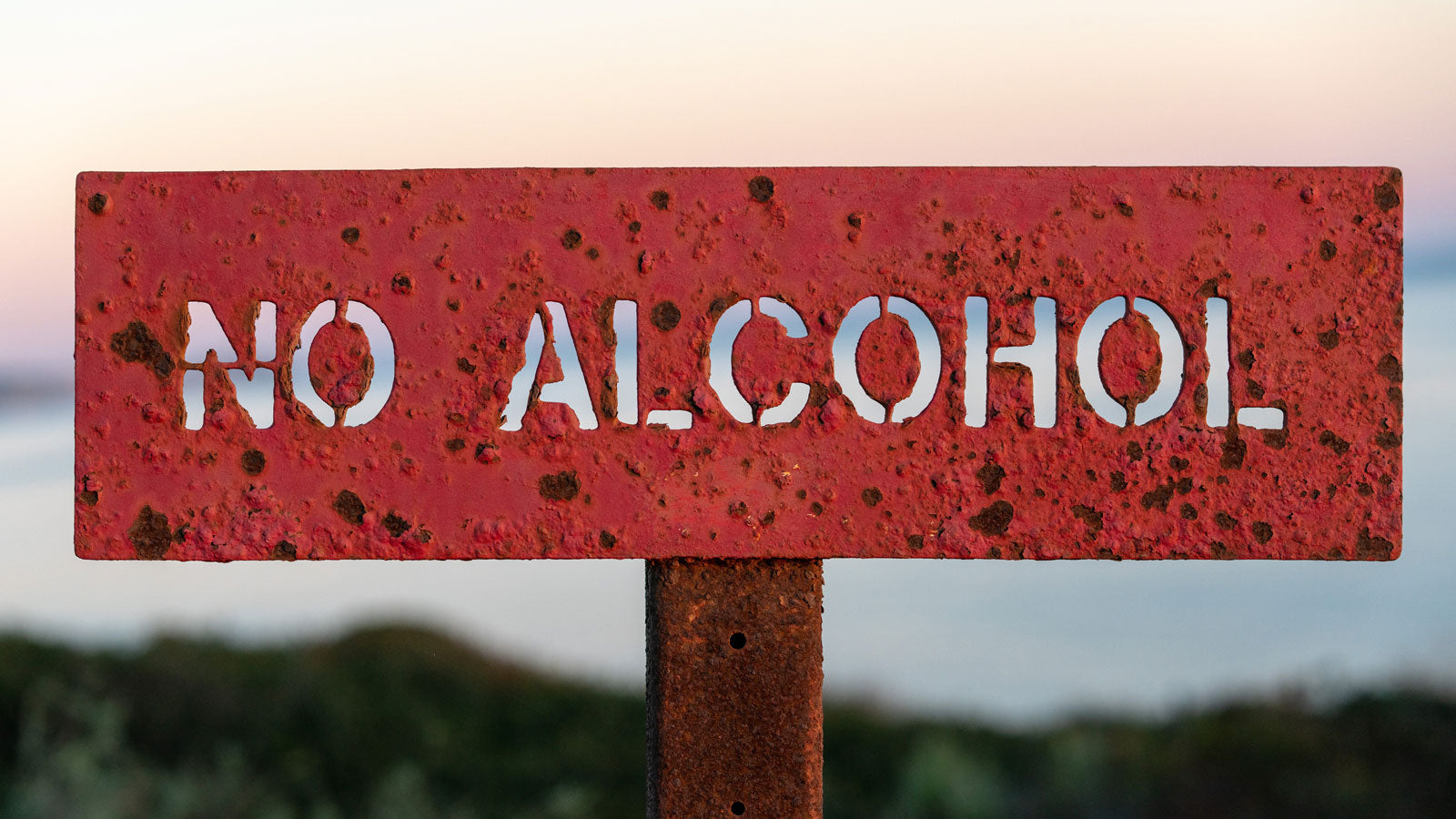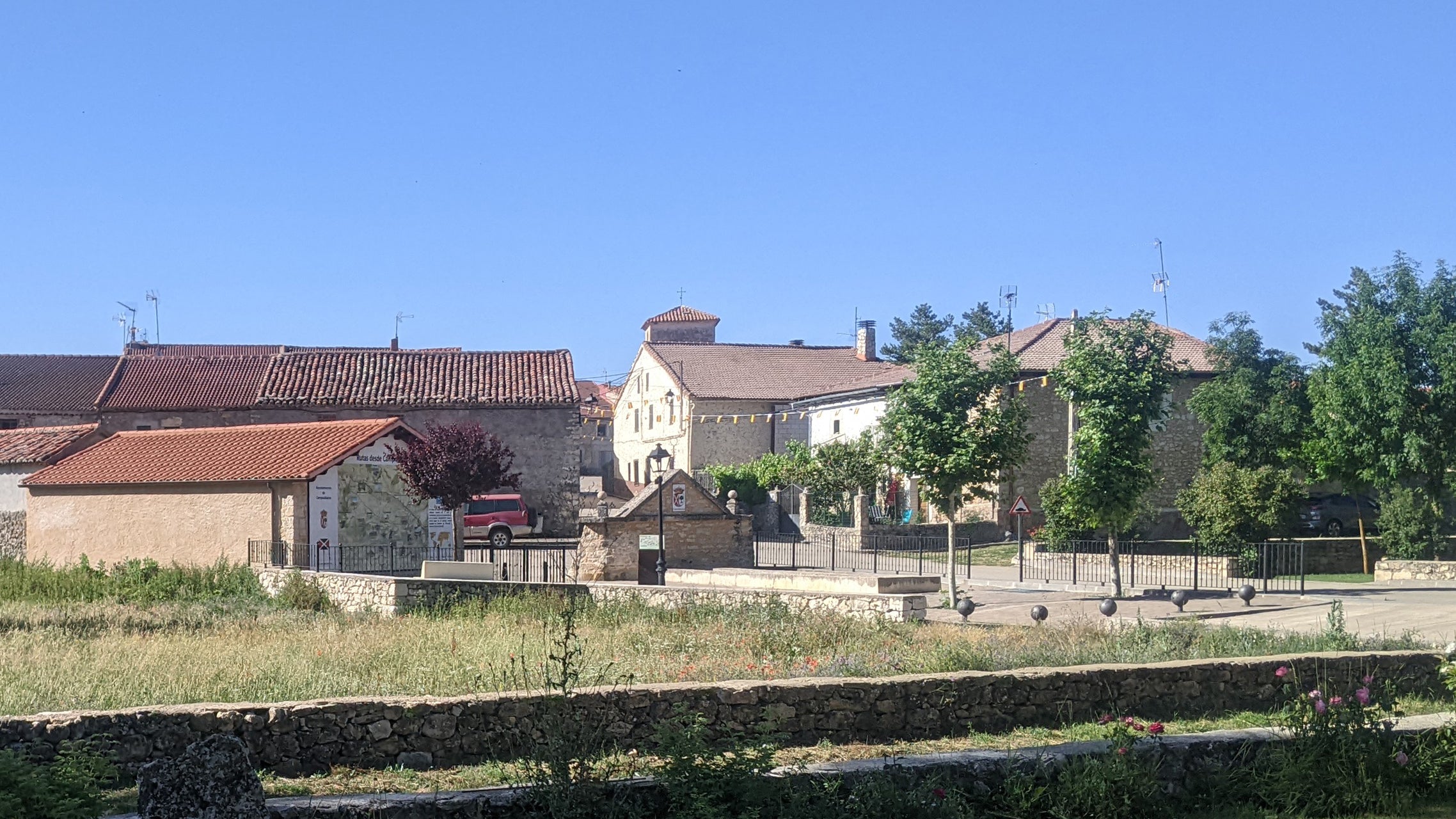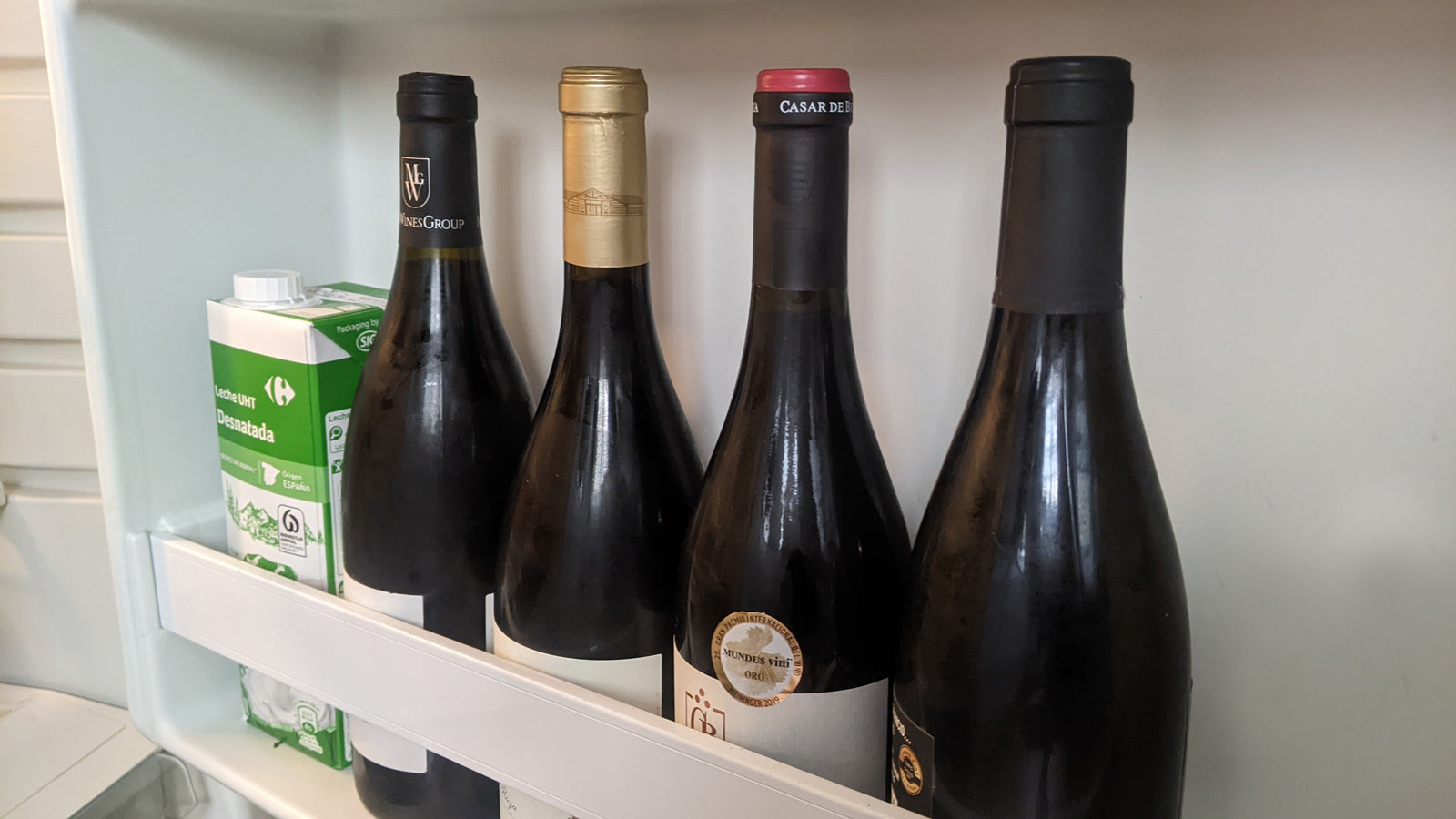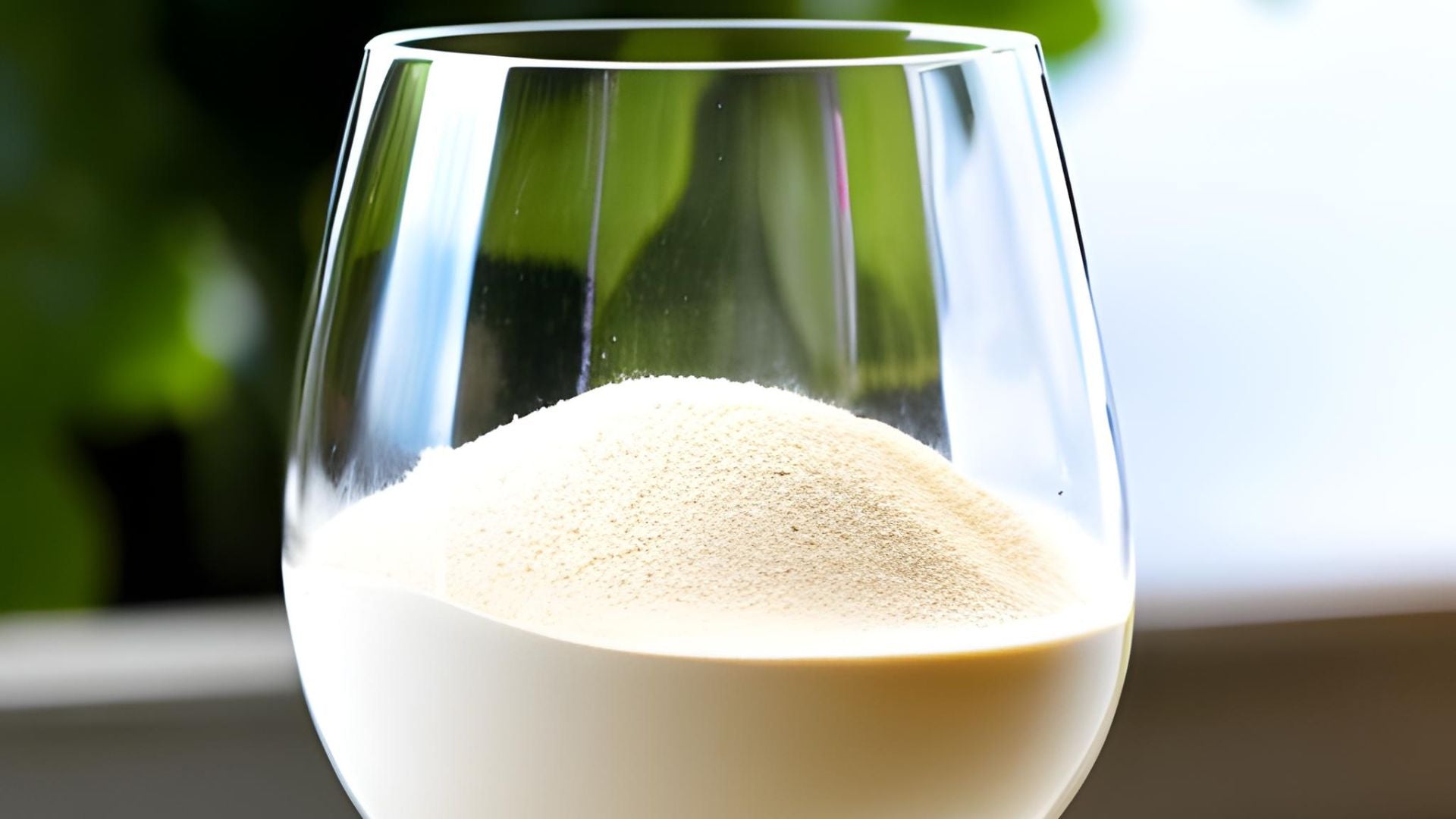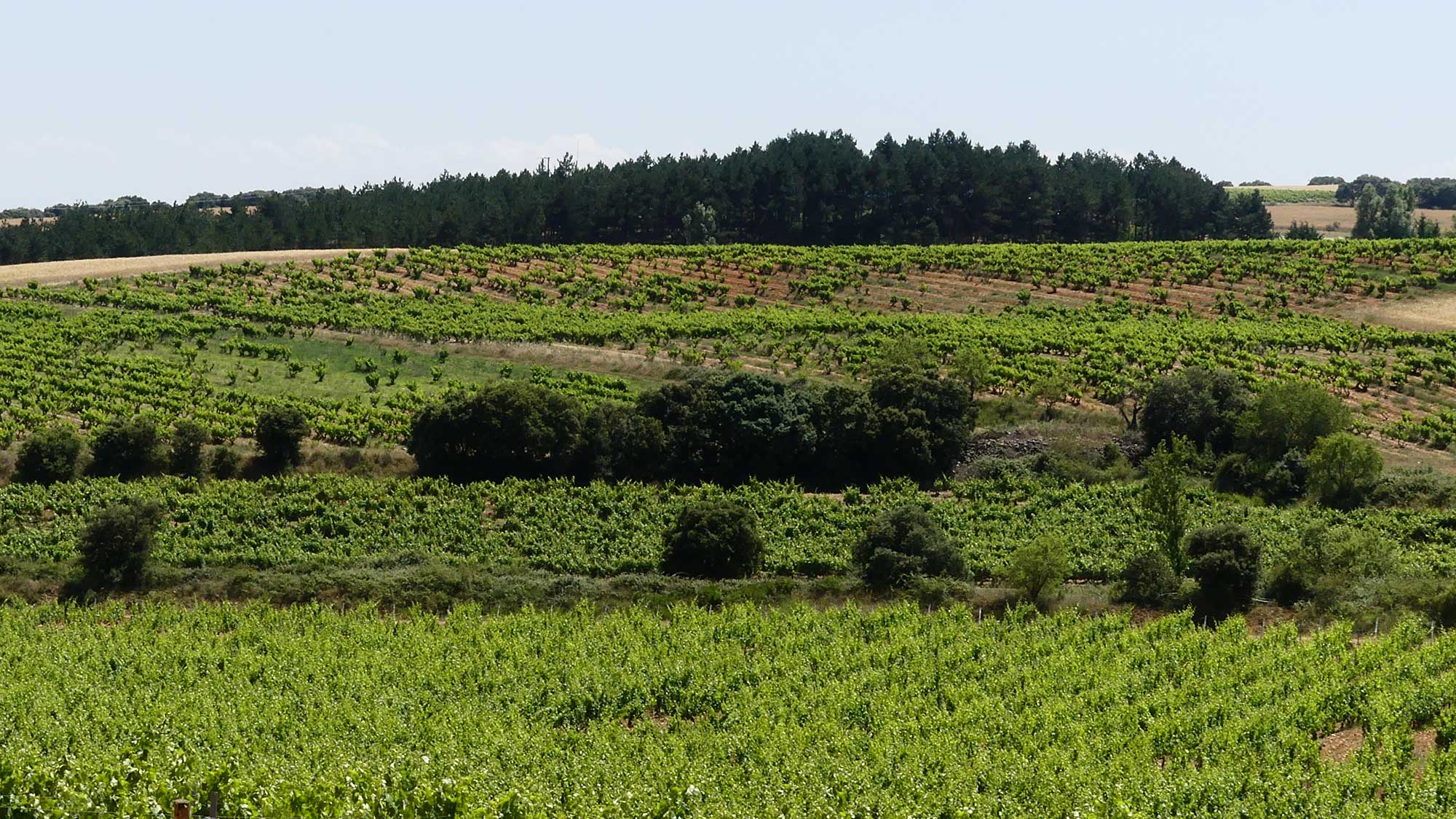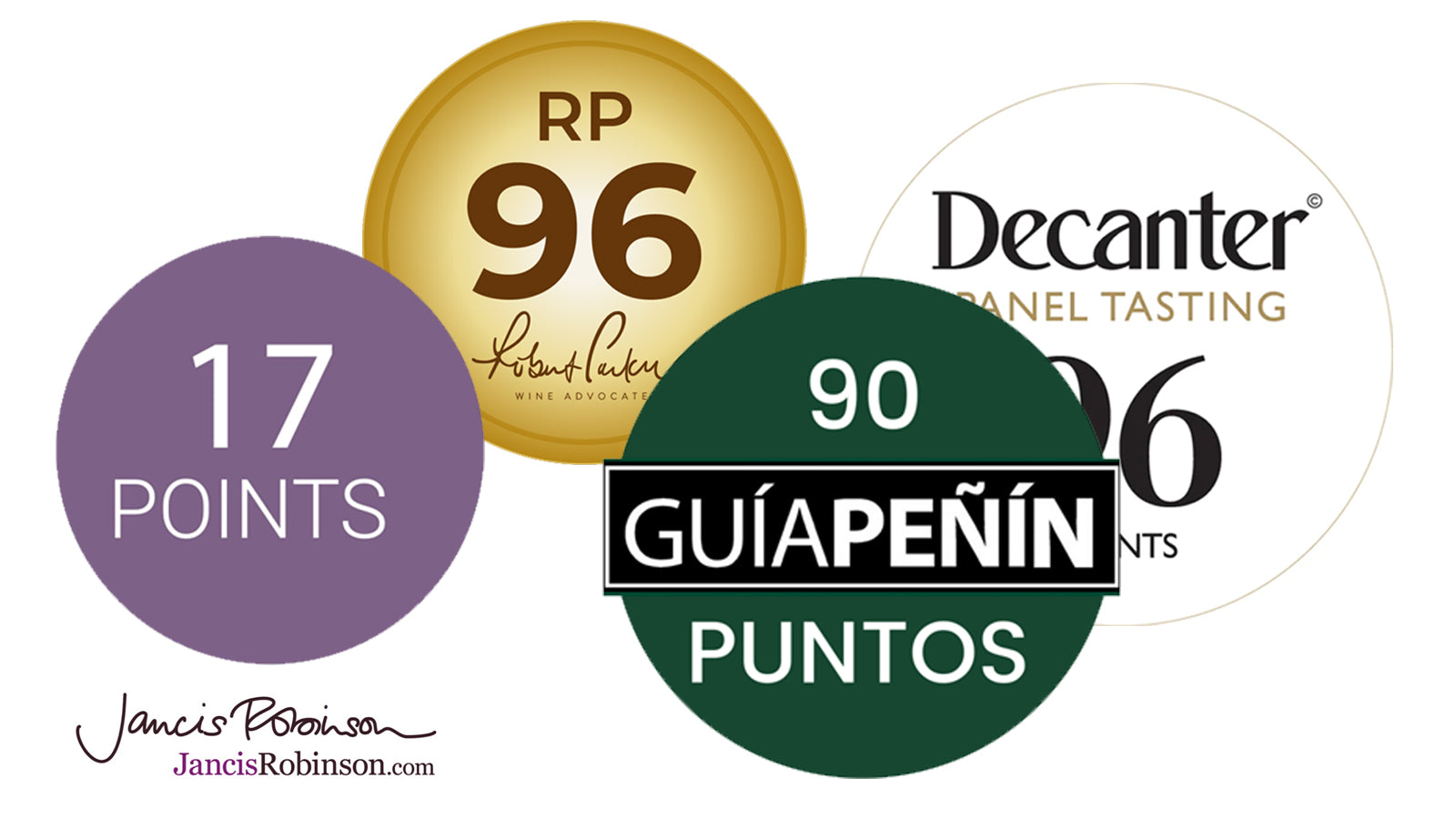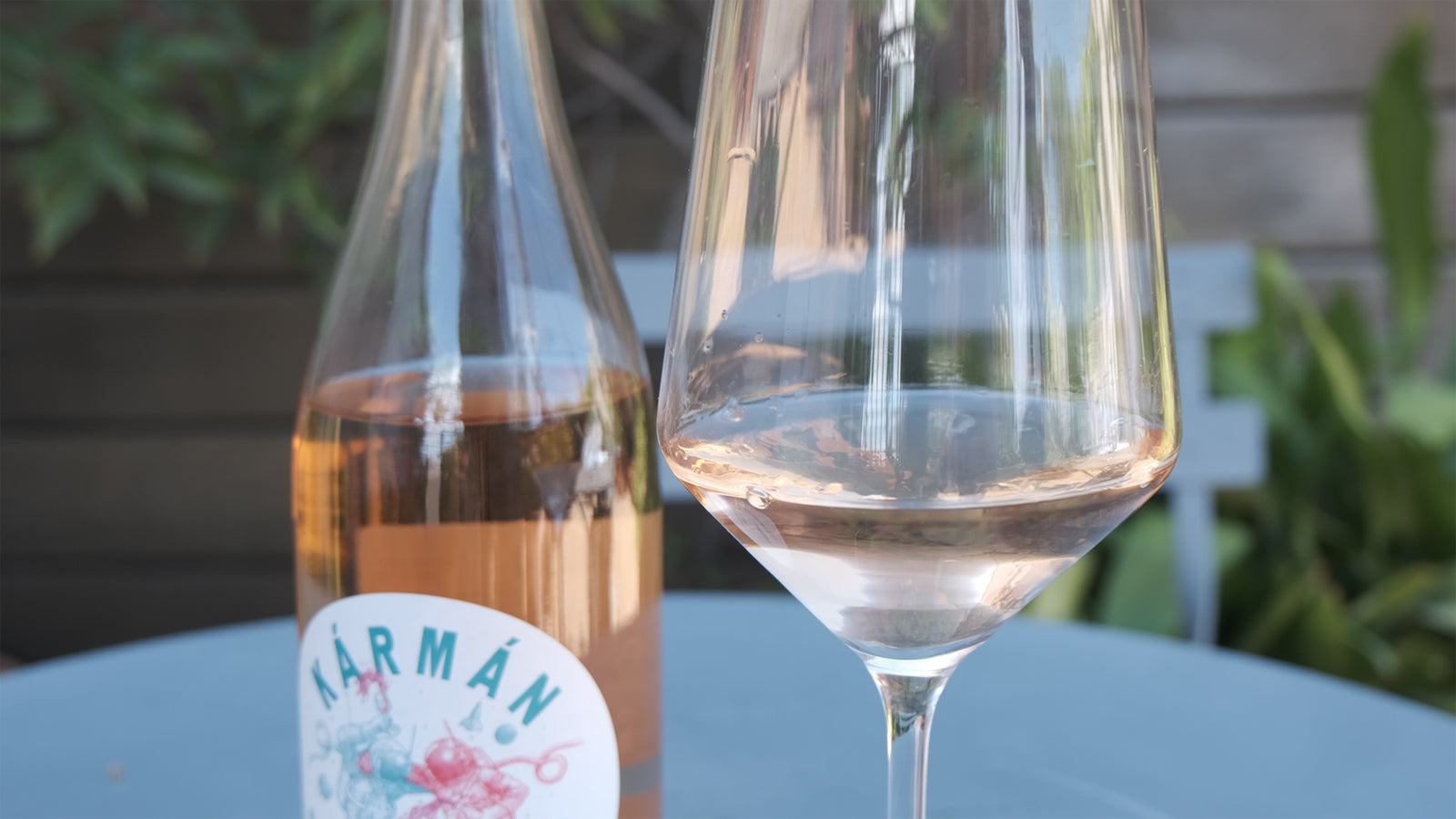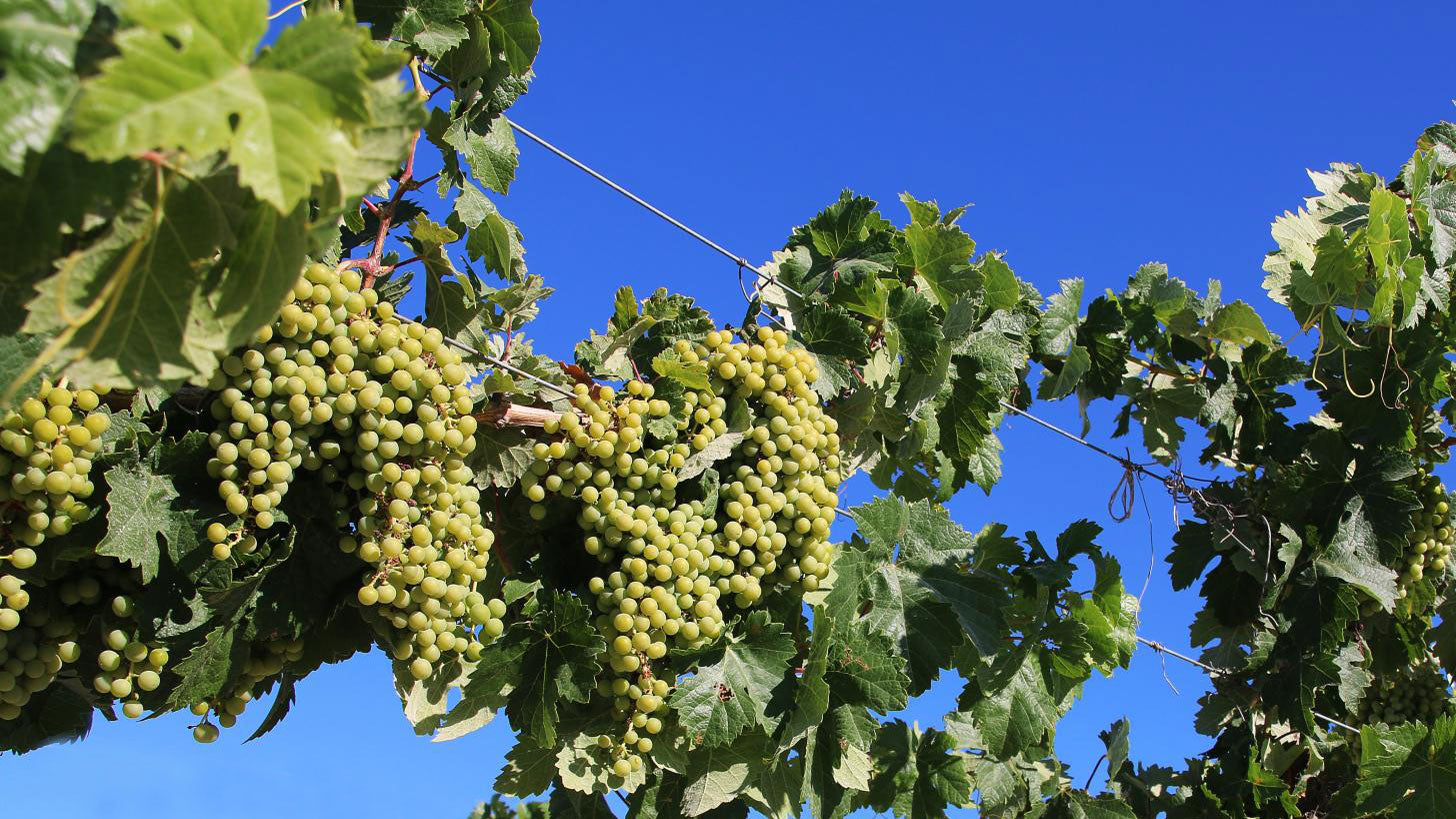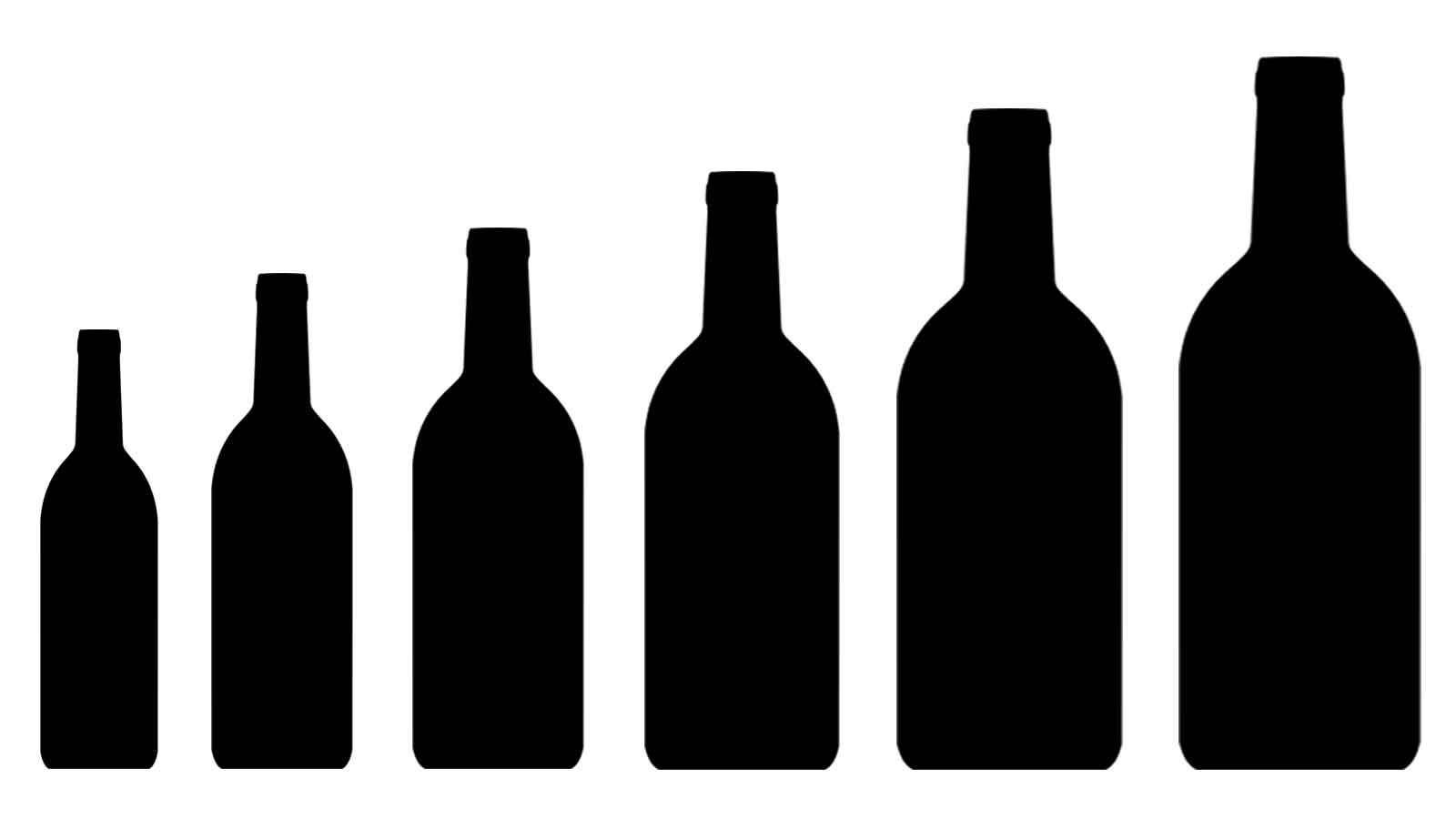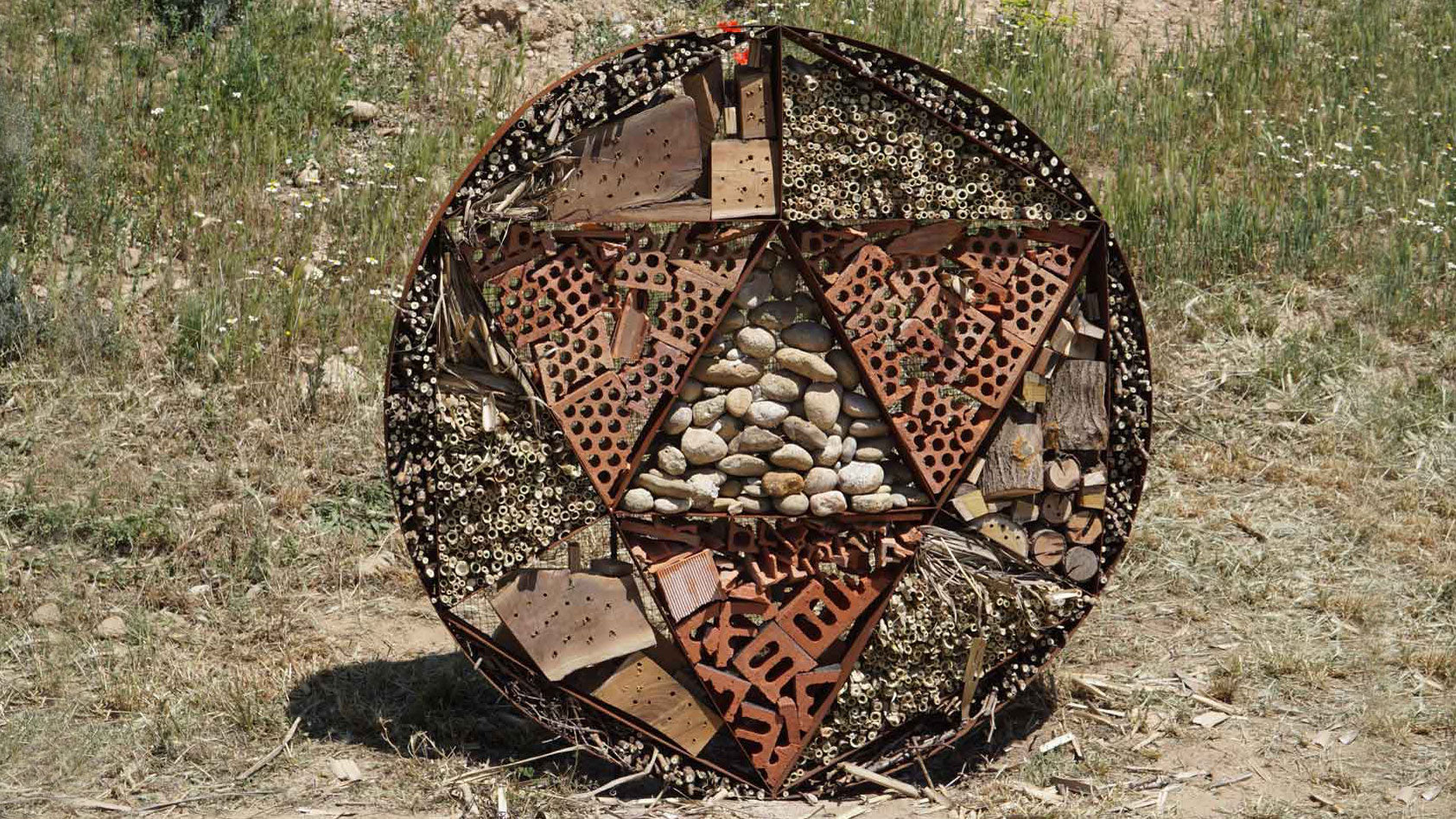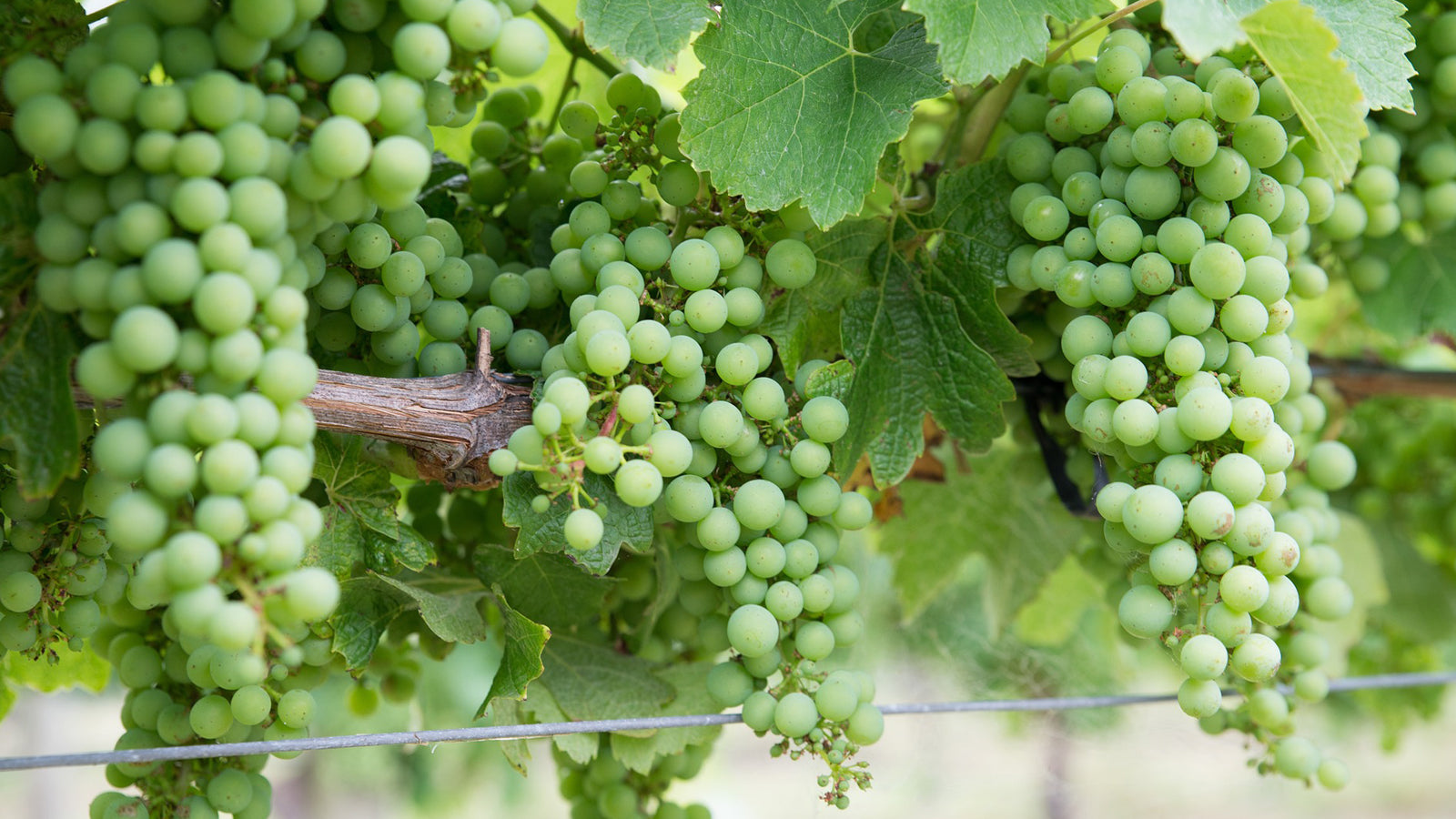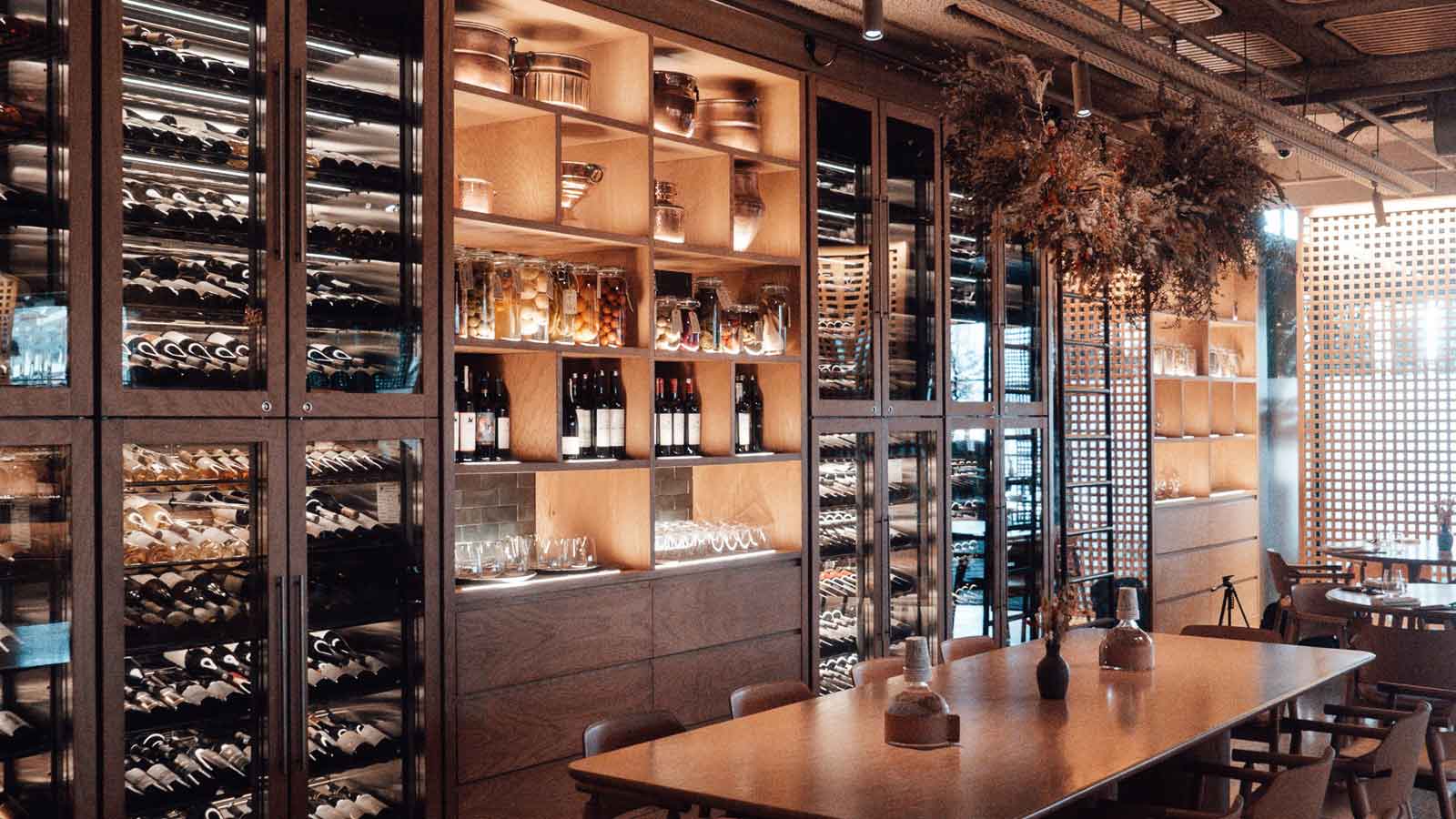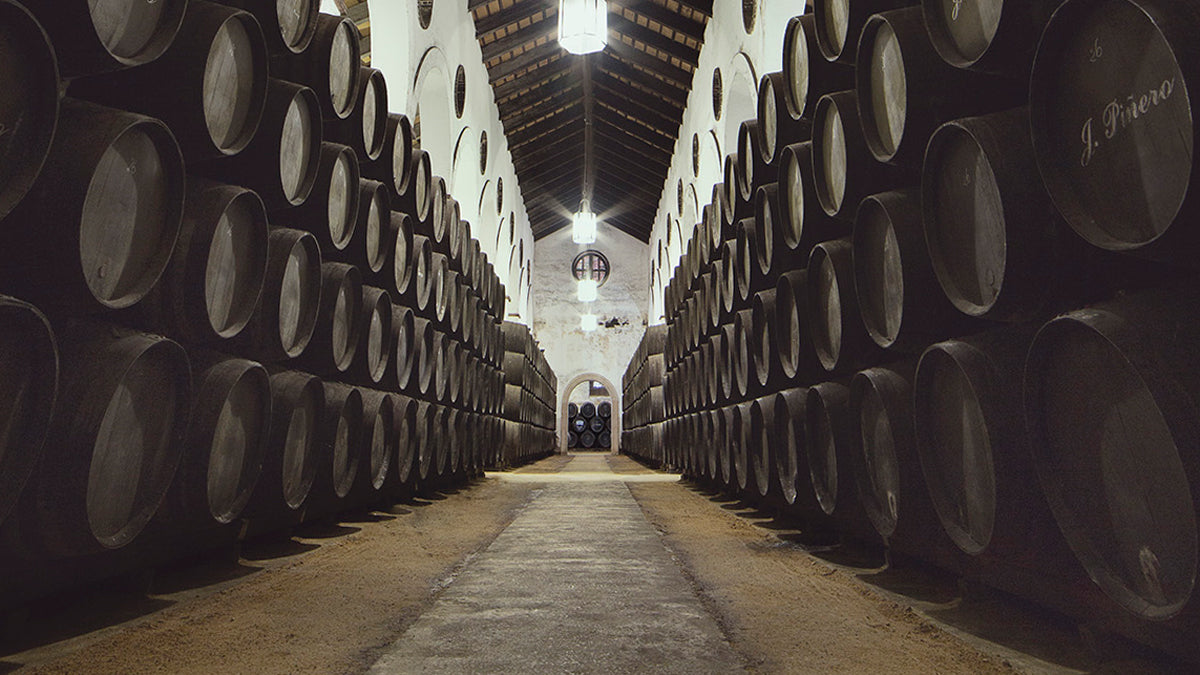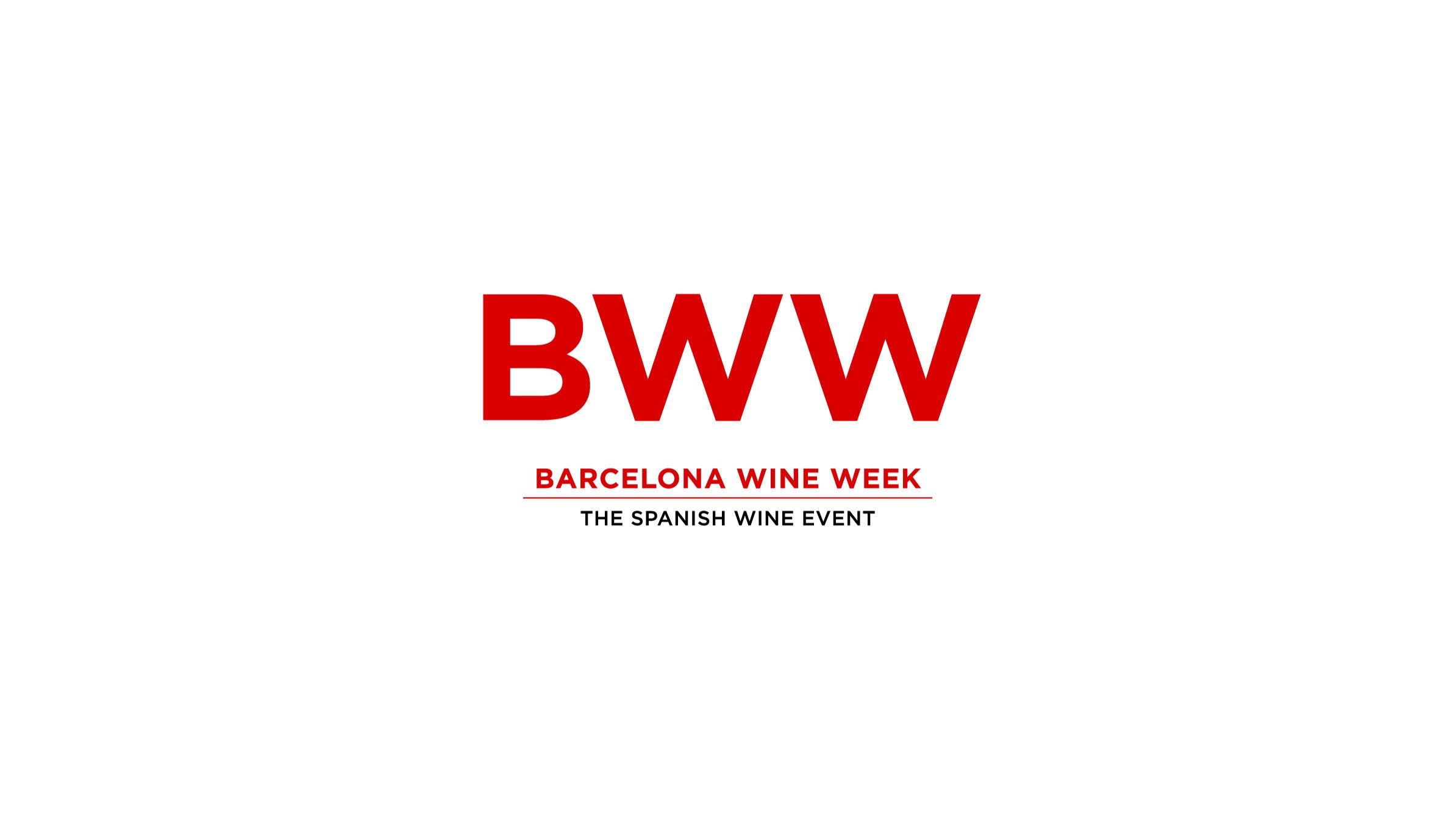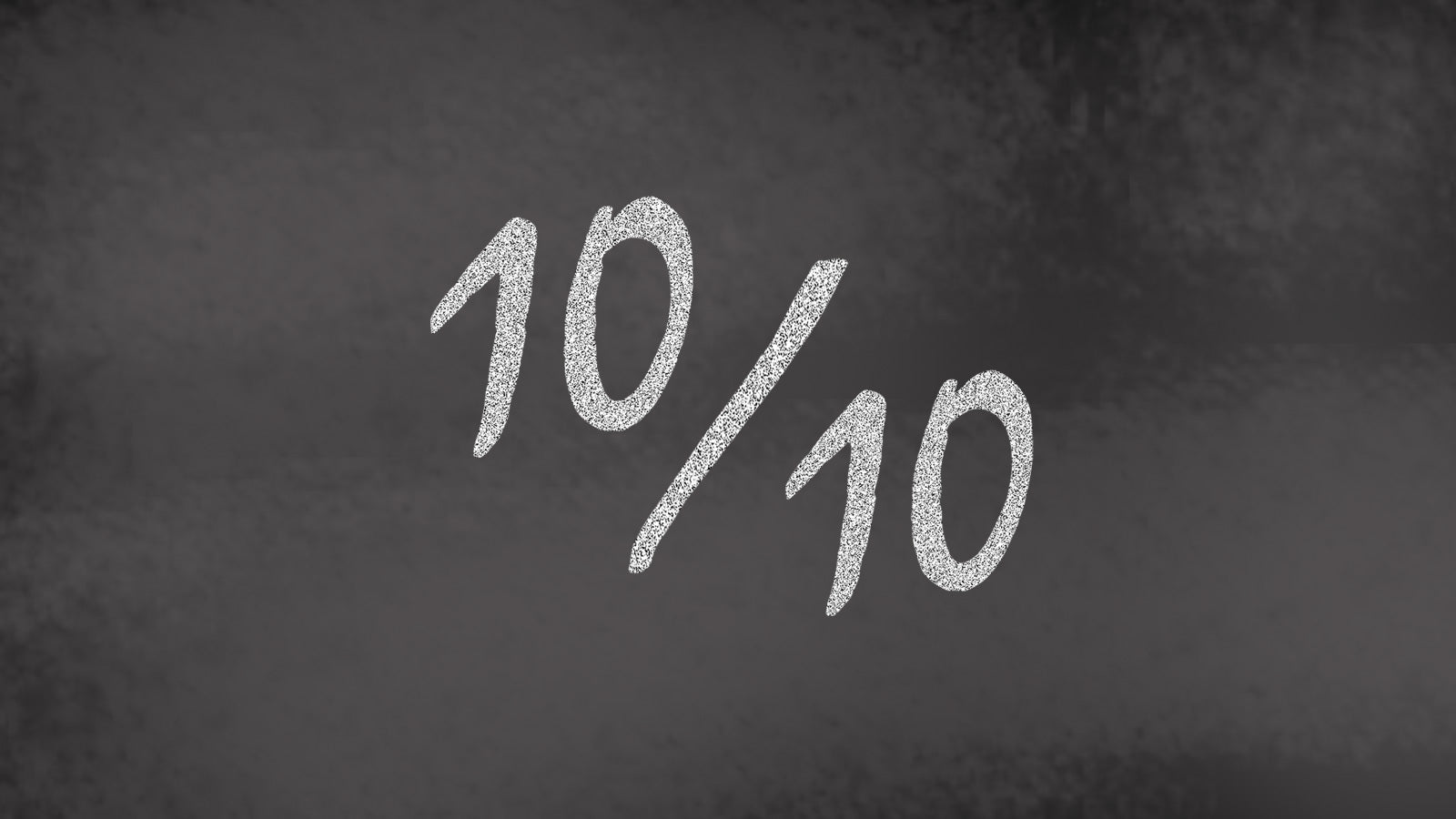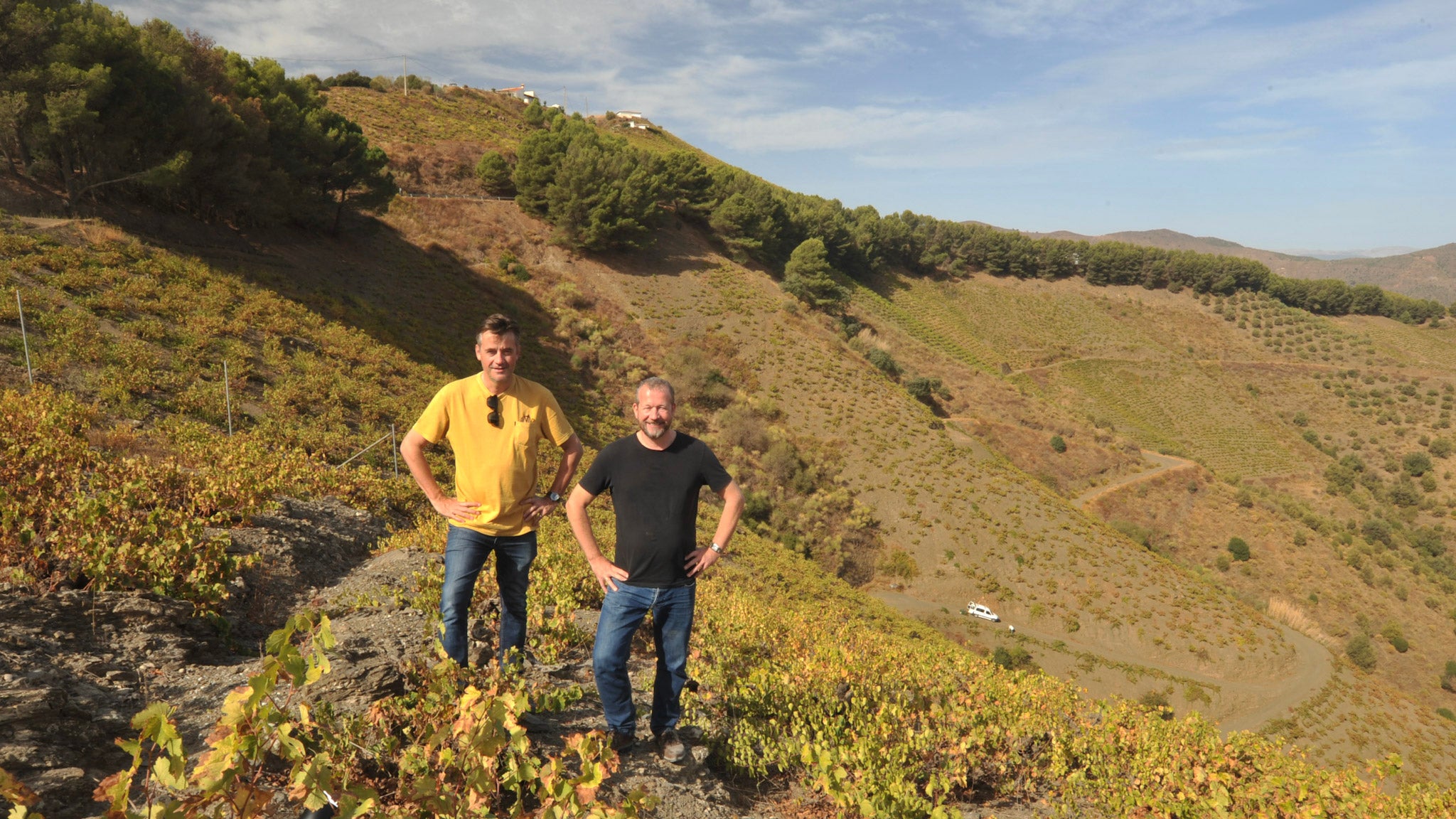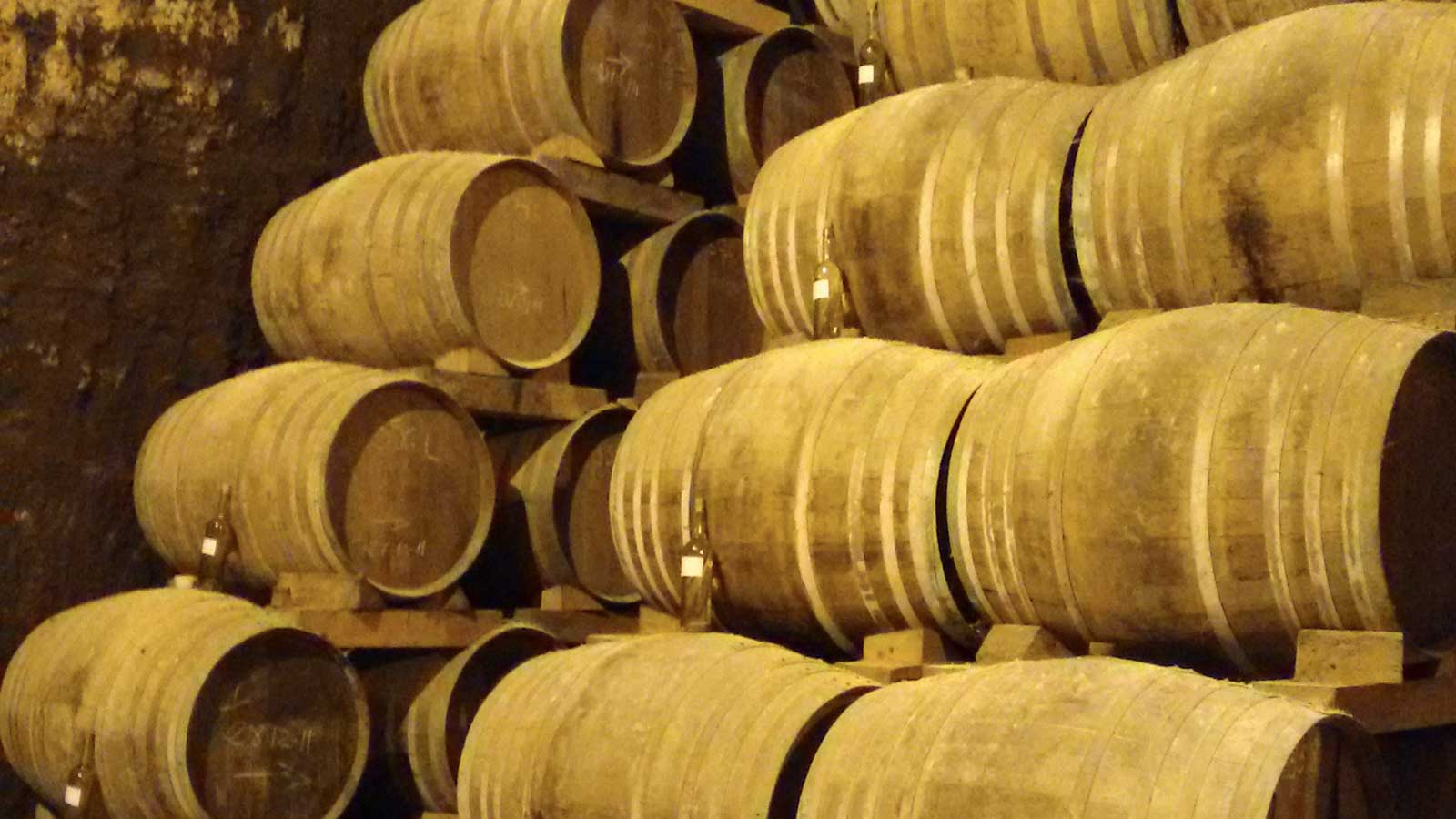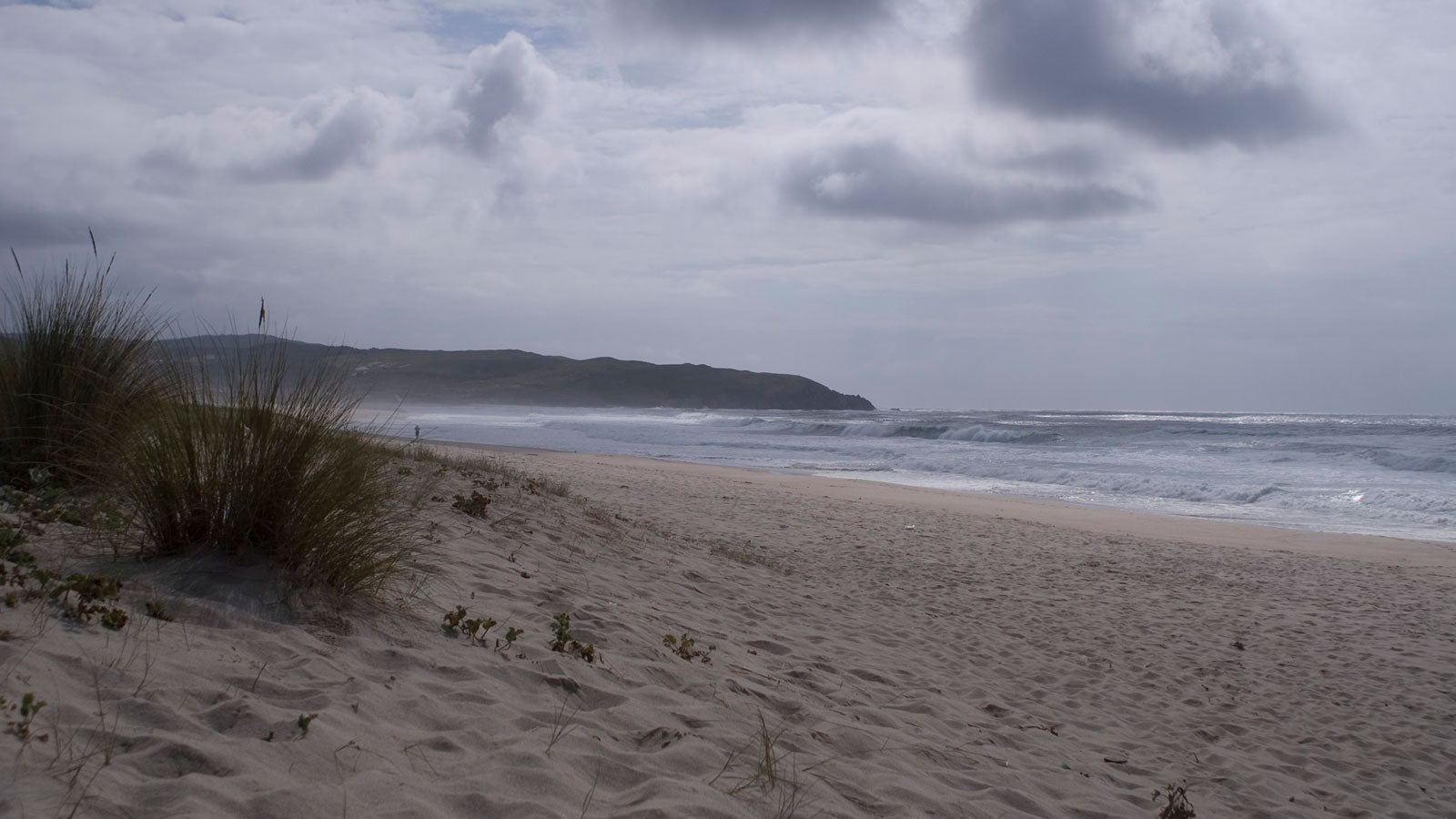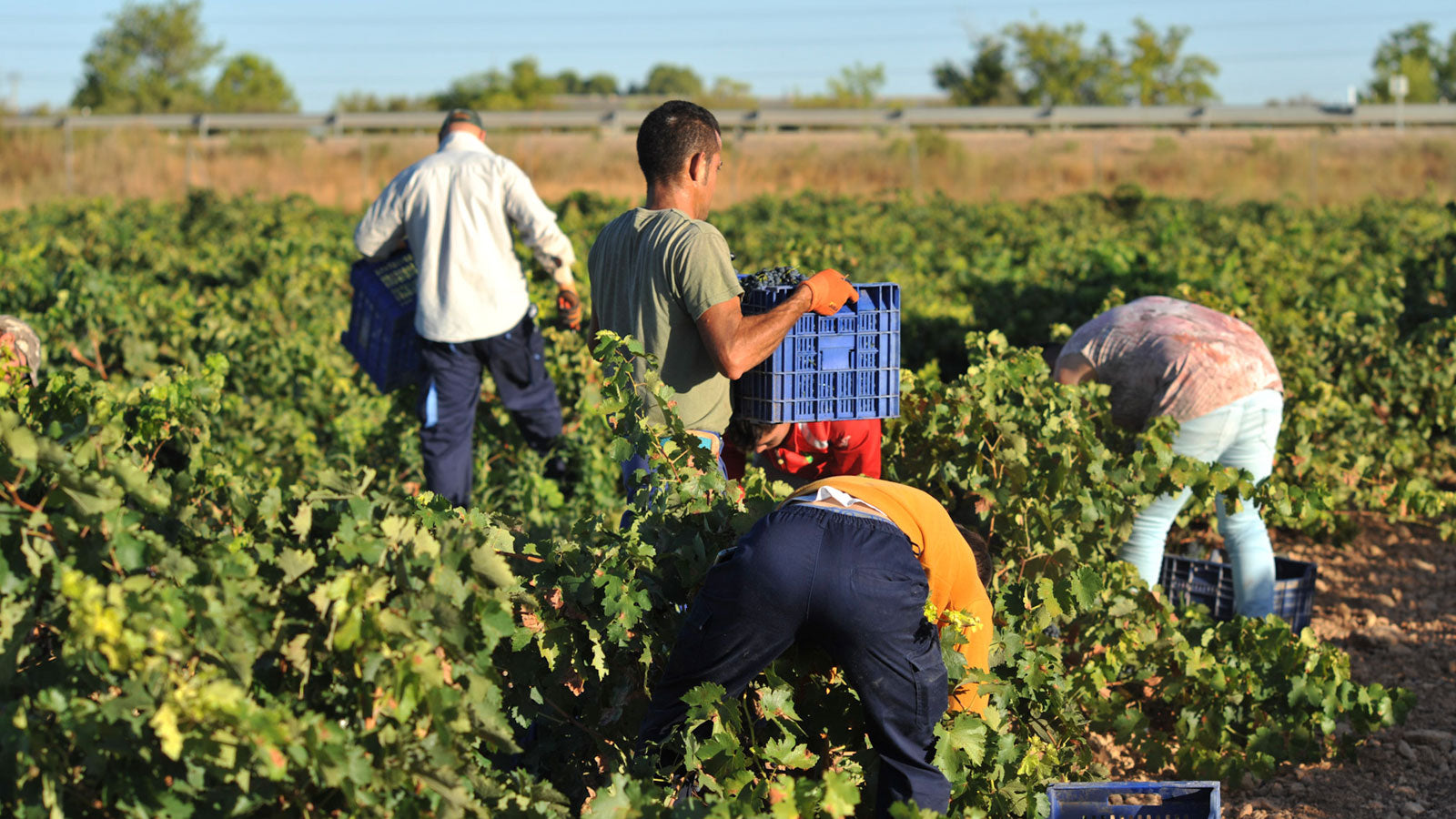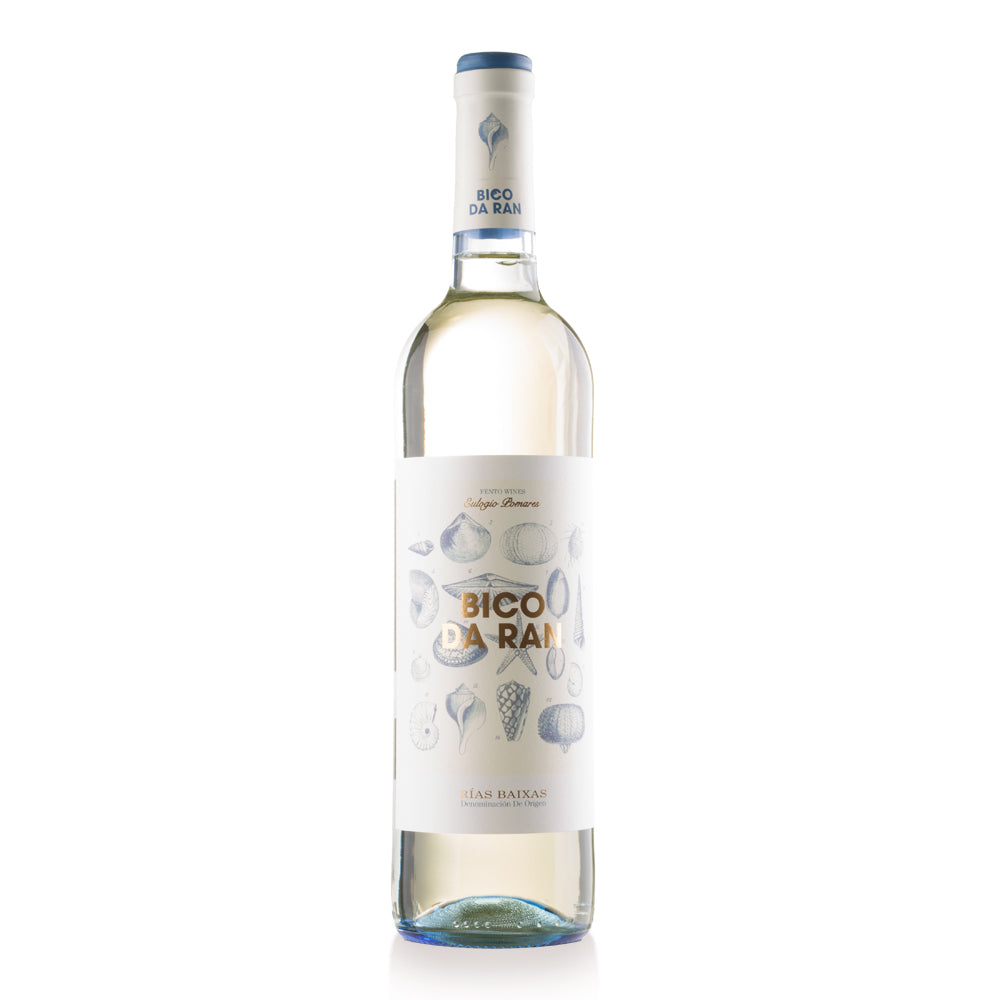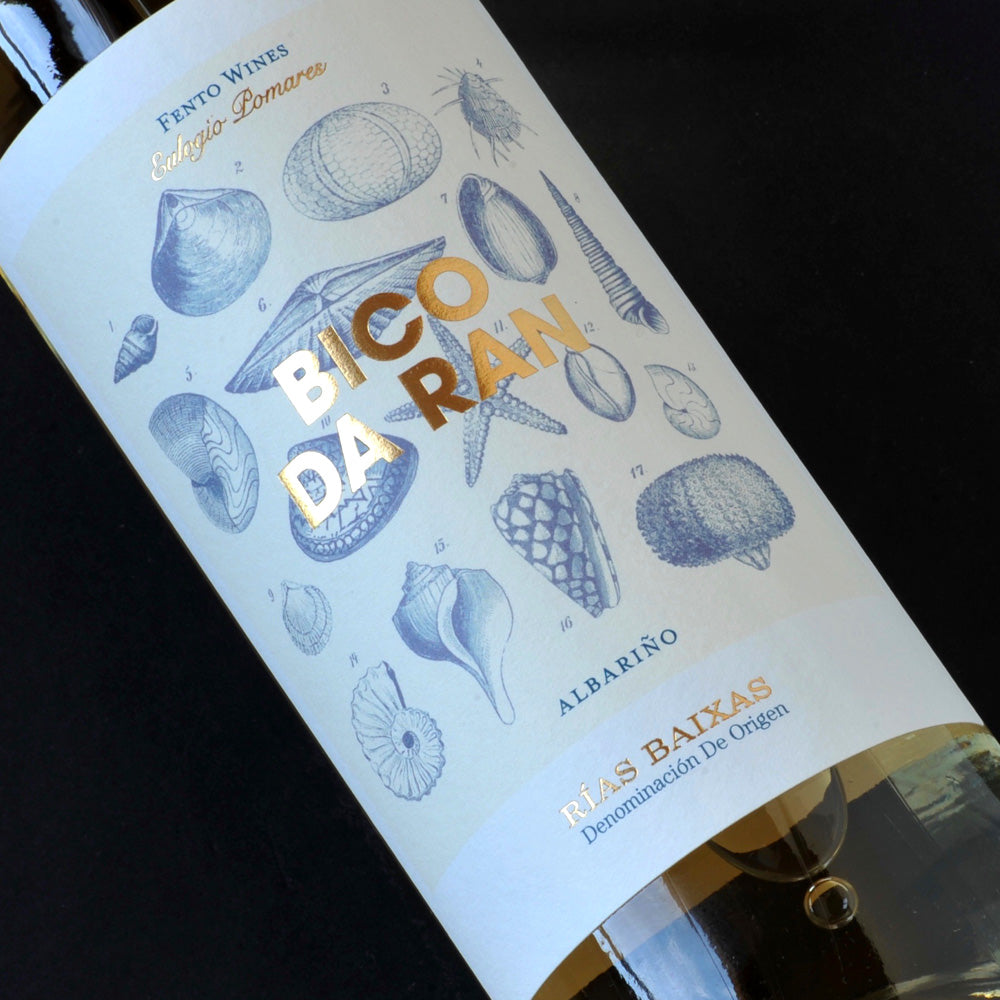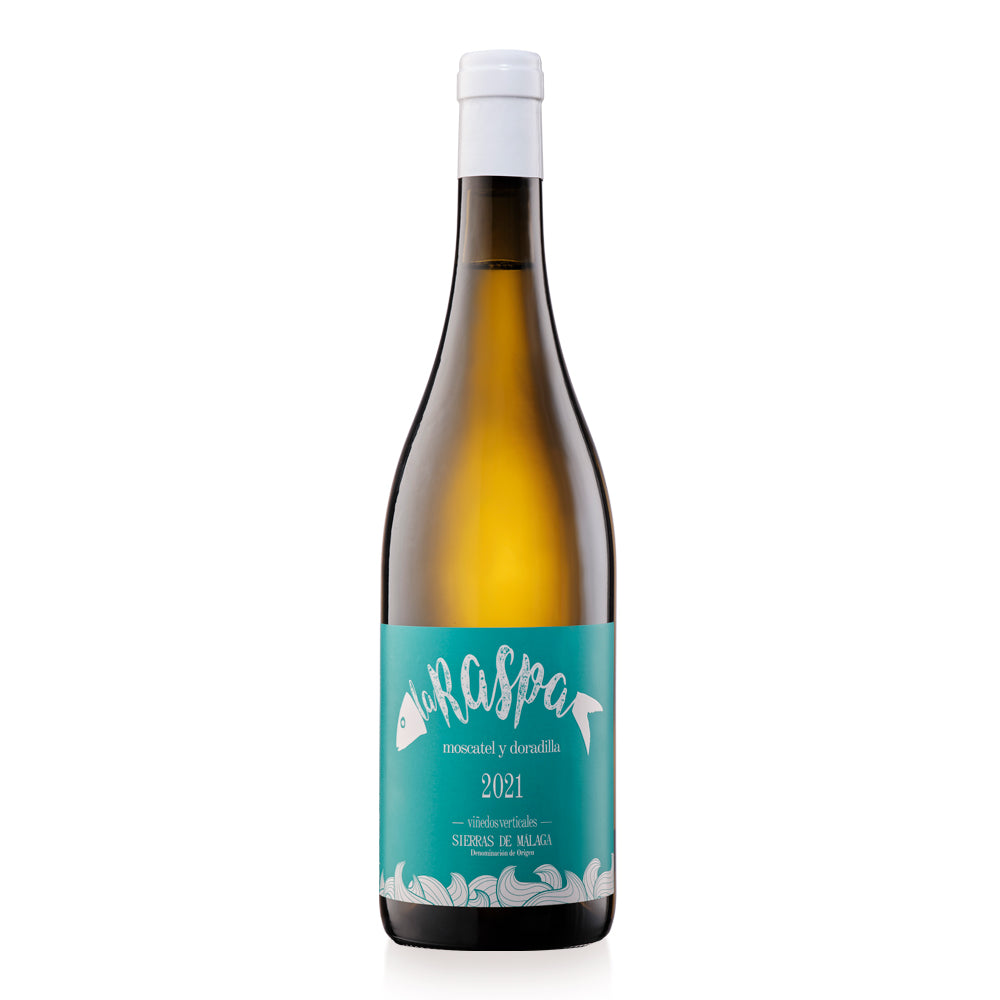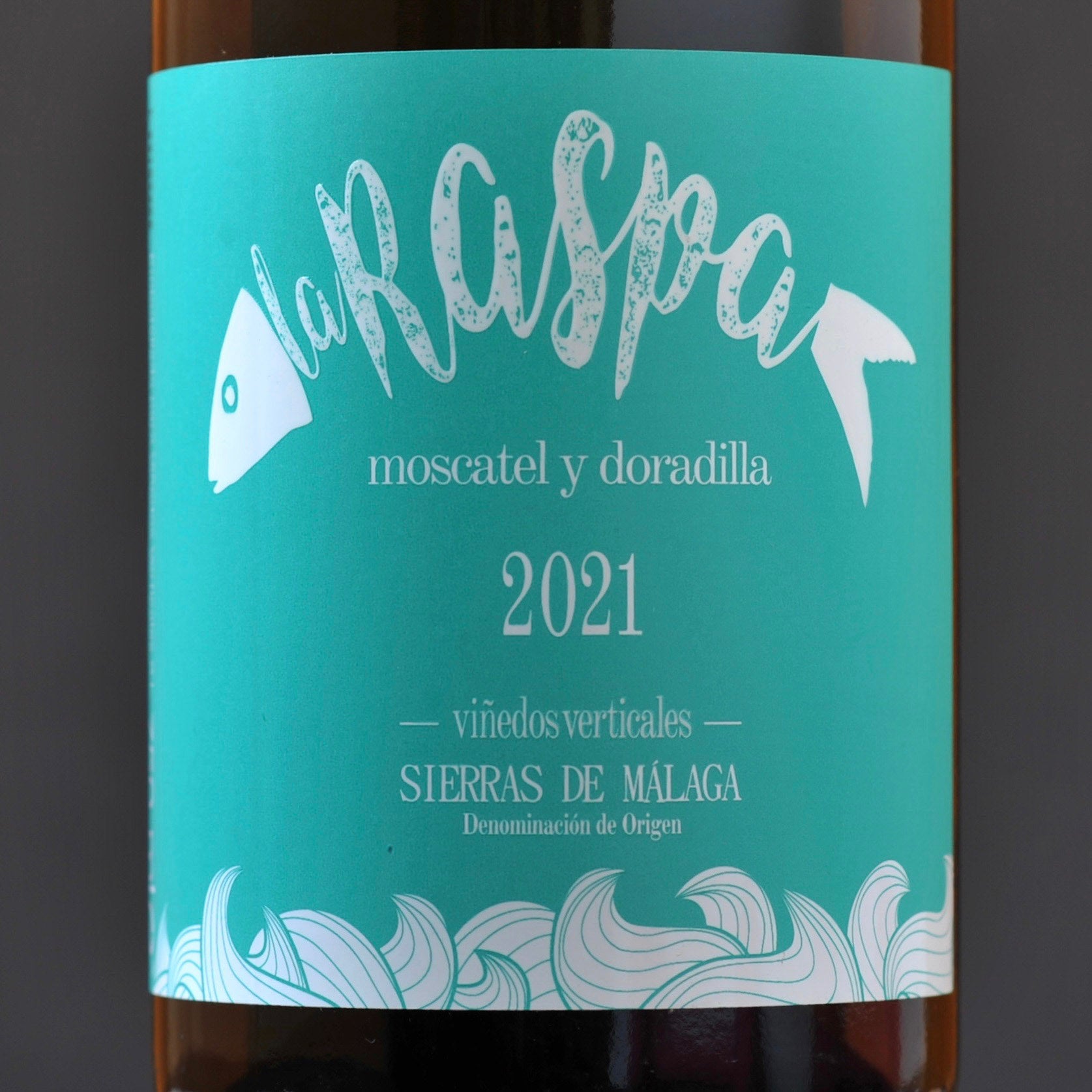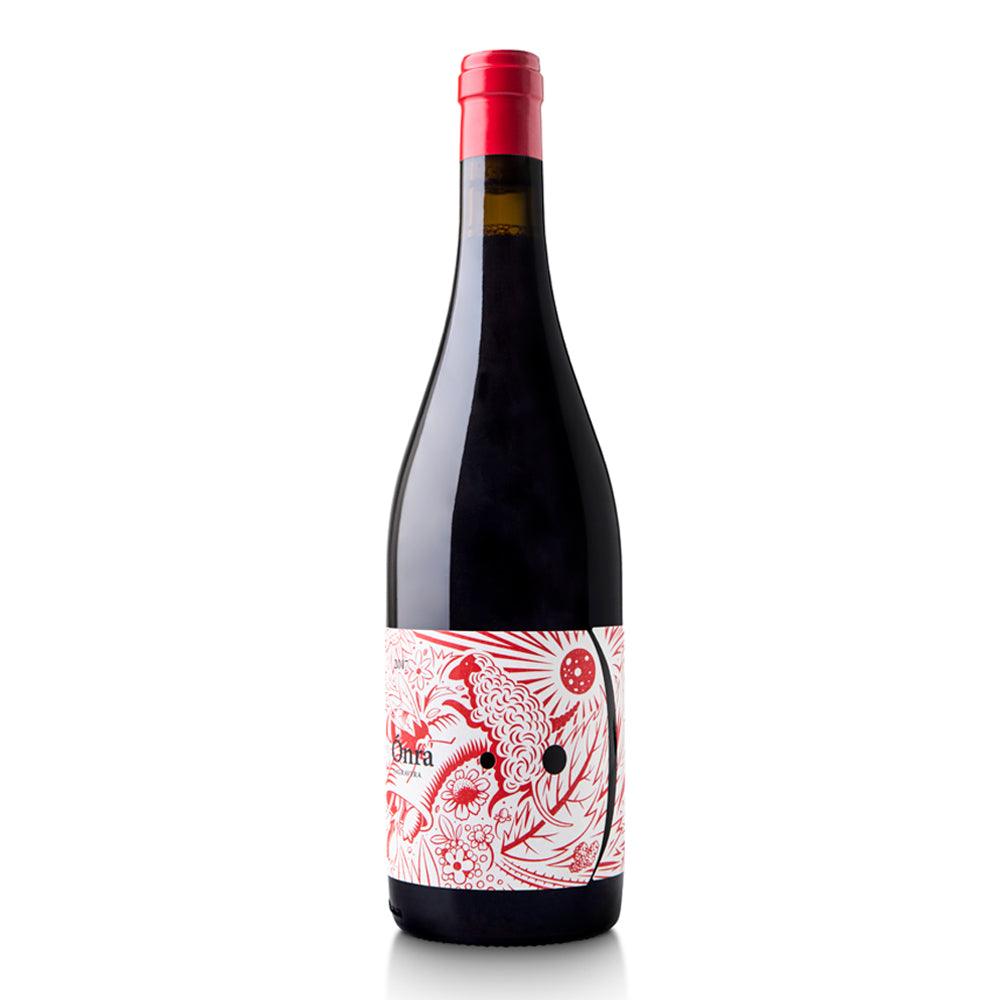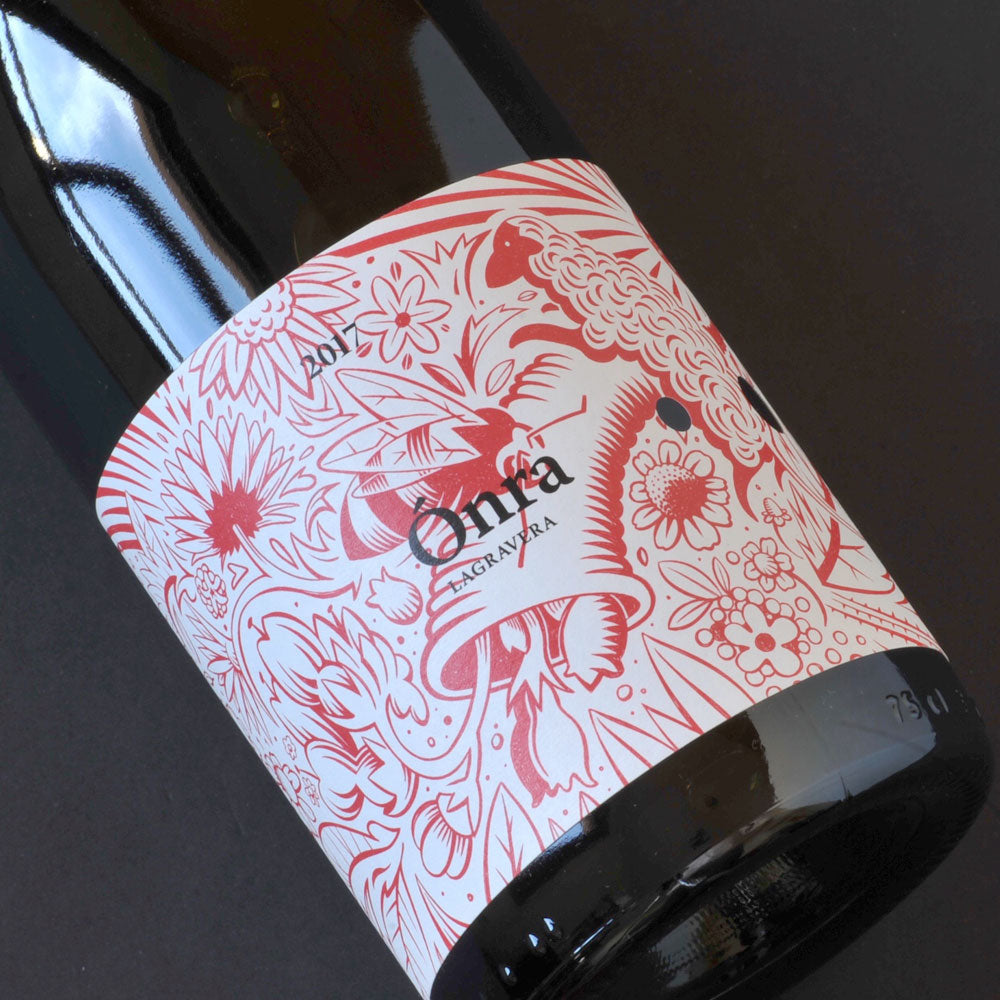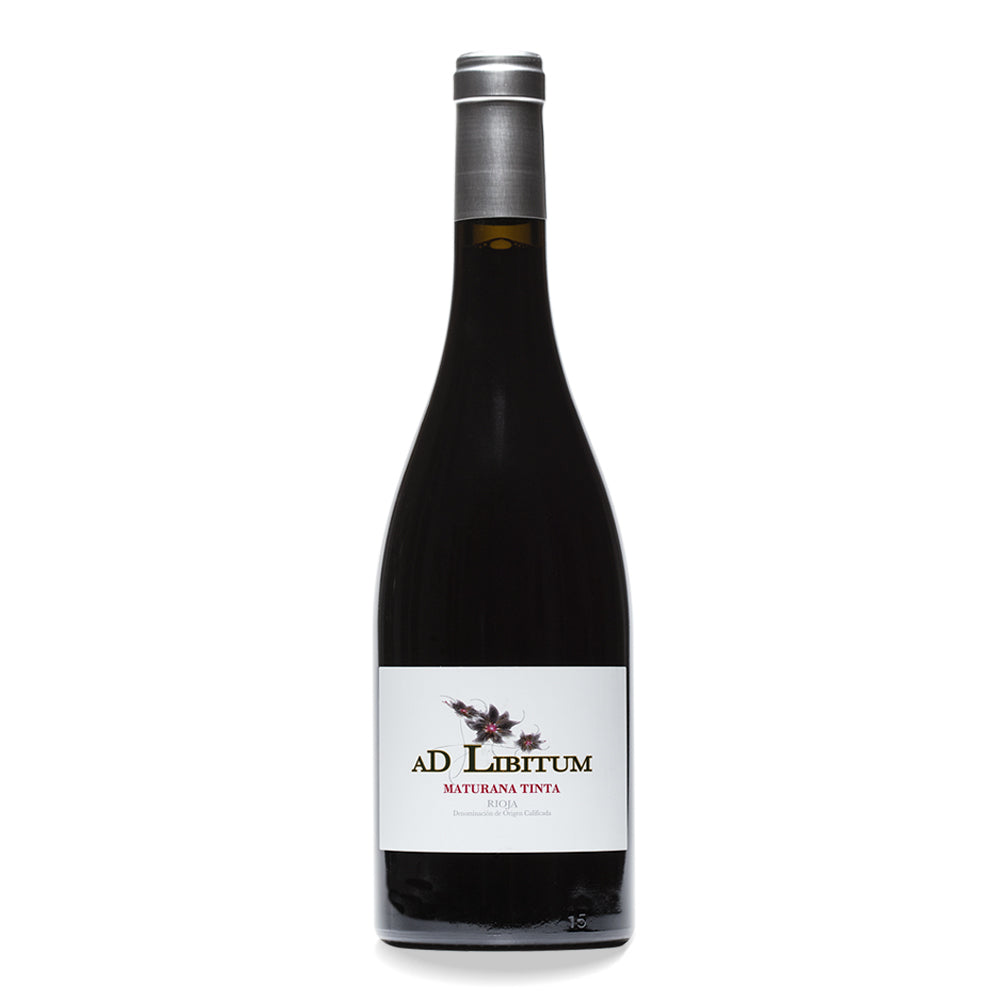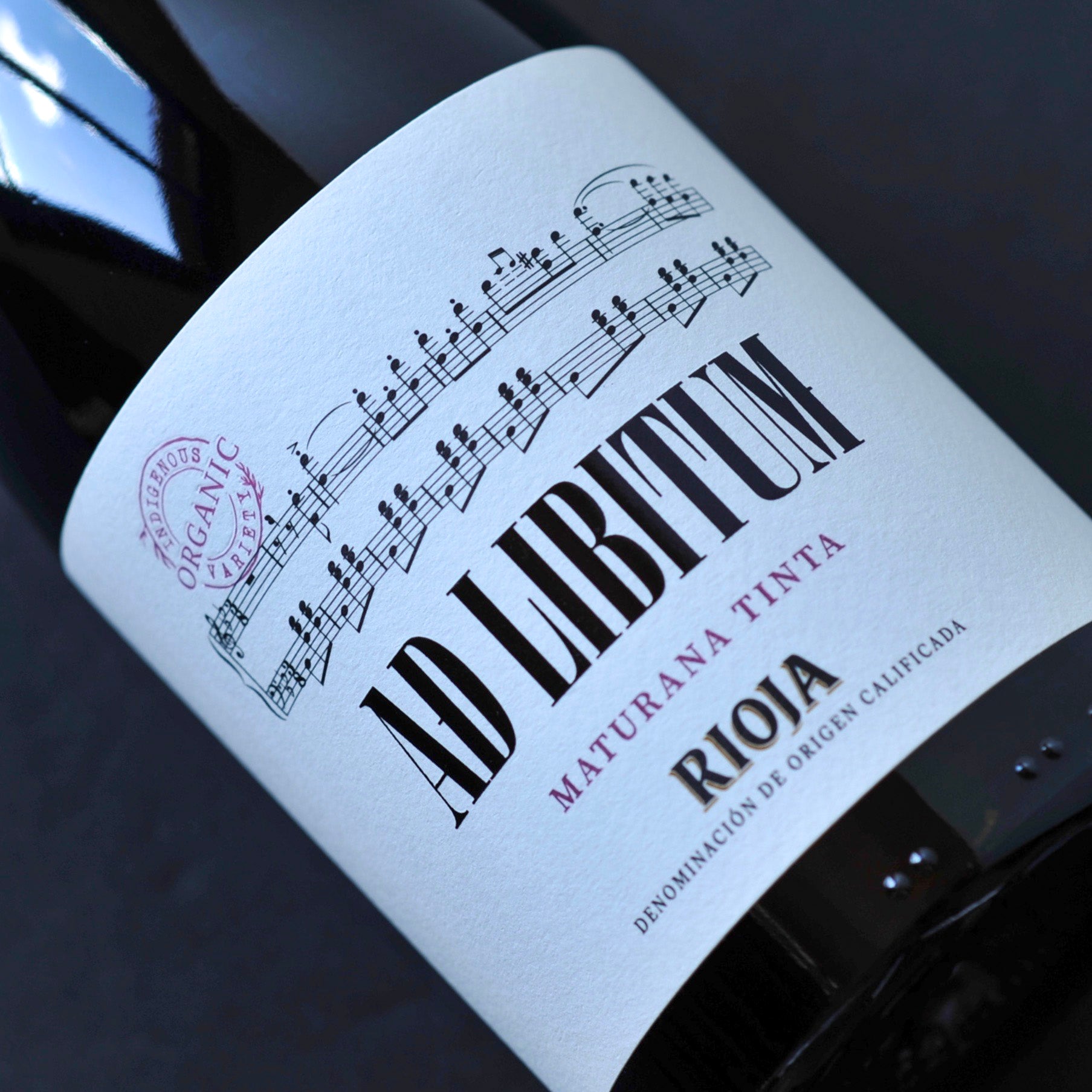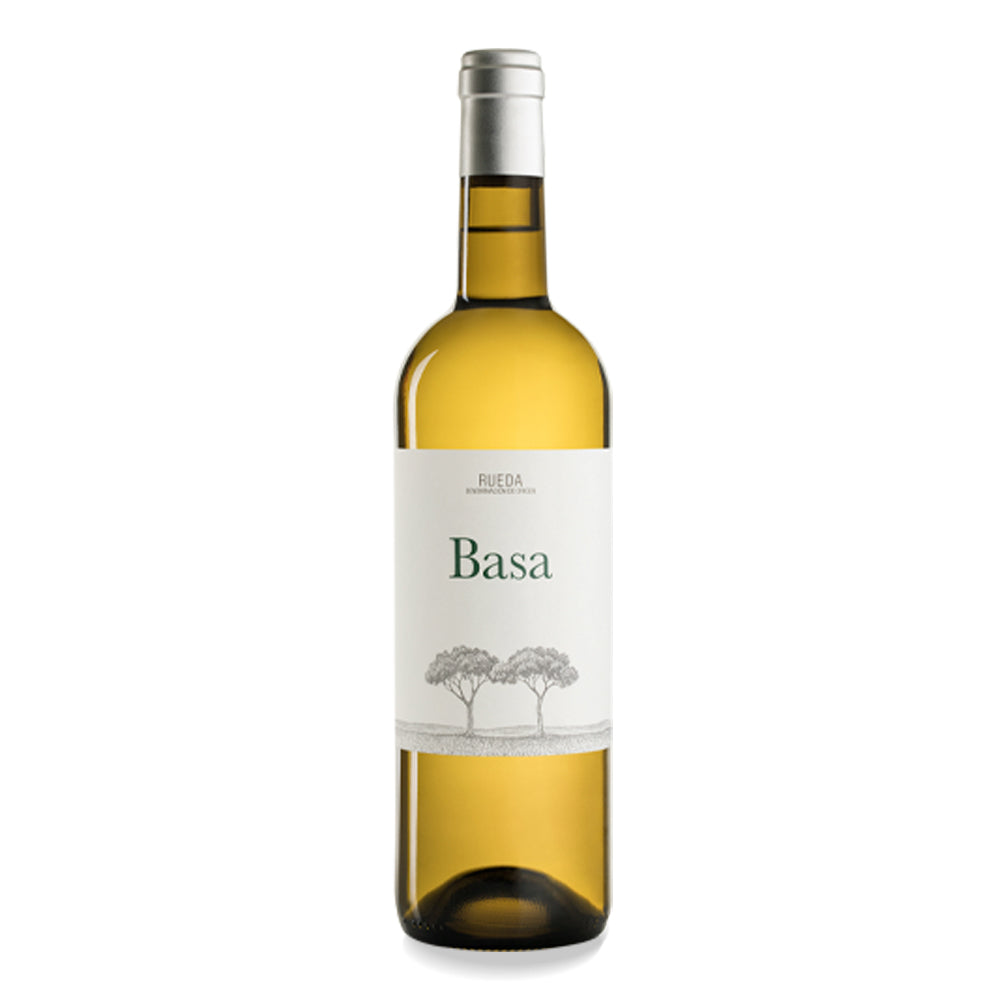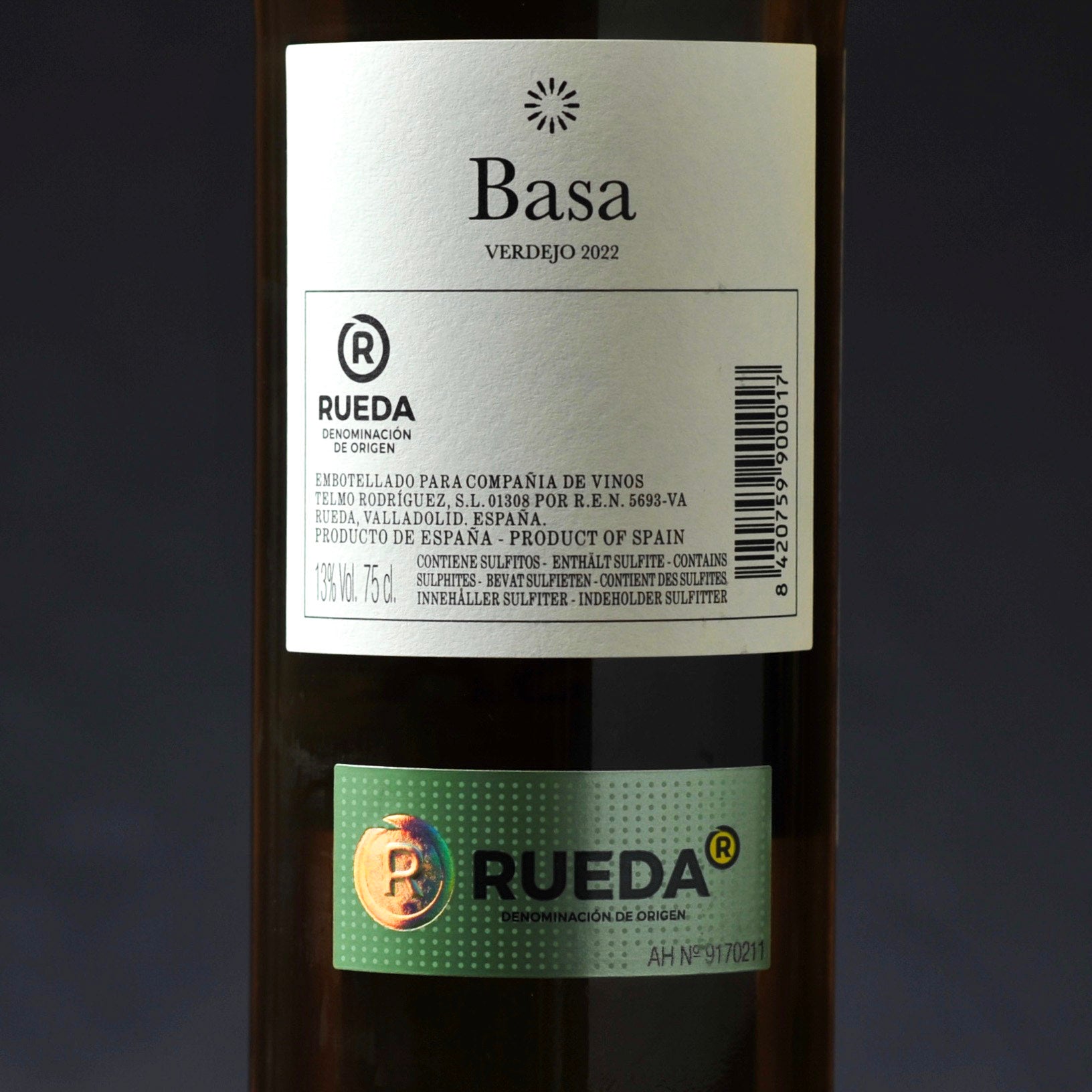How Madrid’s Club Matador found itself at the centre of a Spanish wine transformation.
This week has been a week of mingling; wandering round Madrid catching up with old friends, tasting new wines and gossiping about the wine world. As chance would have it, Thursday found us propped up on a barstool at Club Mirador. Despite the name, Club Matador is not a bull-fighter’s haunt. It’s a hub for businesspeople and cultural aficionados looking for a cosy haven from the hustle and bustle of Madrid.
But it’s also an important staging post in Spain’s modern wine transformation. It was here at the tail end of 2015 that a group of wine people – producers, distributors, retailers, writers, and one half of Simply Spanish Wine – decided to grab the bull by the horns and tackle some key issues for the Spanish wine sector.
Then, as now, Spain was a country blessed with deep viticultural heritage, a rich biodiversity, and a multitude of different landscapes. For winemakers, it was an amazing environment in which to operate. But the worry was that if we weren’t careful we risked turning our backs on all that natural bounty in the pursuit of volume and profit for profit’s sake. Led by celebrated Spanish winemaker Telmo Rodríguez, the group drew up what became known as the Matador Manifesto, a call to arms to the Spanish wine sector to not only celebrate Spain’s depth and diversity, but to build the future of Spanish wine around it.
The fundamental argument was that the Denominación de Origen system had fulfilled its function in terms of talking about provenance - where wines came from. But the approach had been too broad brush, with not enough emphasis on soil, landscape or quality. In short, Spain had spent too long talking about having the most vineyards in the world, when it should have been aiming to have the best.
The Matador meeting was a fascinating event. It would be an exaggeration to say it kickstarted the ¨Spanish wine revolution¨. There were plenty of hugely able and enthusiastic people already investigating Spain’s landscapes and vineyards, mapping soils and refining vineyard maps, or rediscovering traditional grape varieties. But it was certainly part of the transformation. It helped to give that movement more of a voice and a sense of community, which has strengthened ever since.
Perhaps the first, most visible manifestation of this new self-confidence emerged in Rioja. Internationally, Rioja is Spain’s best-known DO and a place where winemaking traditions seem that much more ingrained than other spots on the Spanish wine map. Influential producers like Juan Carlos López de Lacalle from Bodegas Artadi argued that if Spain’s wines were to get the respect they deserved, everyone needed to start talking much more enthusiastically about the ¨personalities¨ of individual wines, their DNA. And that meant talking more and more about the villages, plots and individual vineyards where wines were from, the micro-climates where the grapes grew, and of course the local tradition winemaking traditions.
A lot of that very welcome, producer-led lobbying has had tangible benefits for the consumer. In the last few years Rioja has introduced new labelling rules so that, in addition to the classic, age-focused Crianza-Reserva-Gran Reserva labels, producers can now talk about Vinos de Zona, Vinos de Municipio or even Vinos Singulares when a wine comes from a specific vineyard plot.
This more open-minded approach has made itself felt across Spain. Spanish producers are now more alive to the fact that understanding what makes their particular region or village different from the one next door is a valuable asset in itself, but also an aid to promoting their wines commercially. With so many wines to choose from, telling the story behind each bottle is increasingly important. It’s a philosophy that is close to our own hearts here at Simply Spanish Wine. Whilst we want our community to understand more about the different DOs and the region where a wine is made, we also want to give you more details about each wine, in some cases even down to the specific vineyard plot from which it comes.
It may seem at times that so much detail is superfluous, but we firmly believe that one of Spain’s great assets as a wine producing nation is the diversity it offers at a micro-level. And, as with our friends at the Matador club several years ago, we believe that is something worth celebrating.
Cheers

